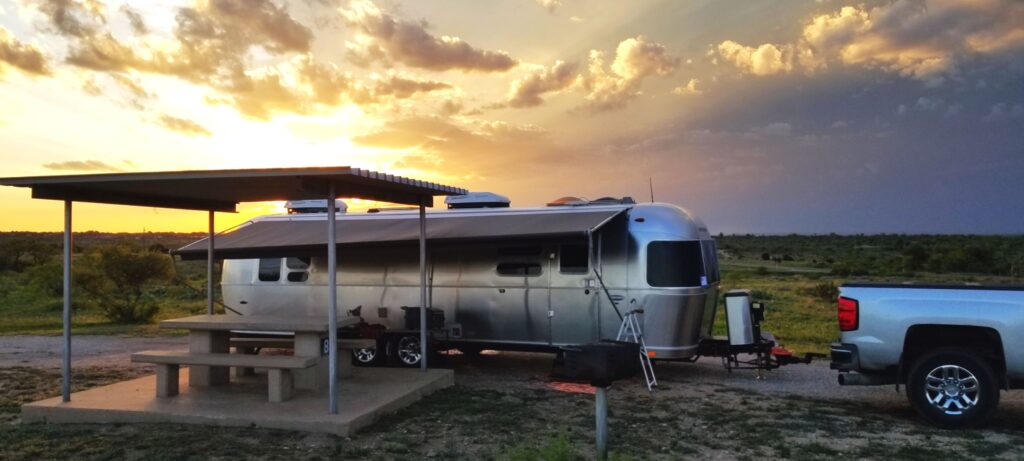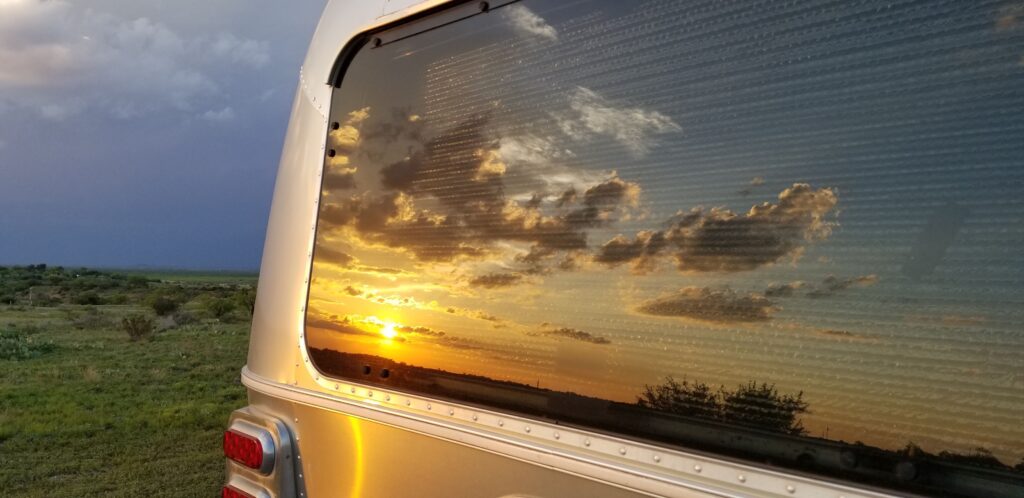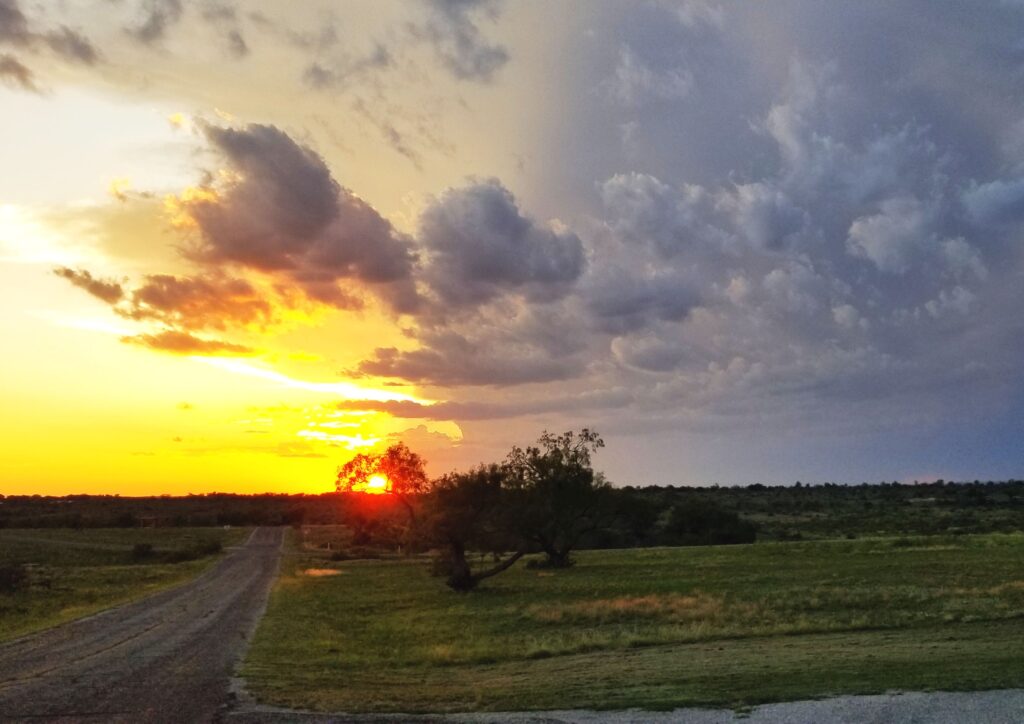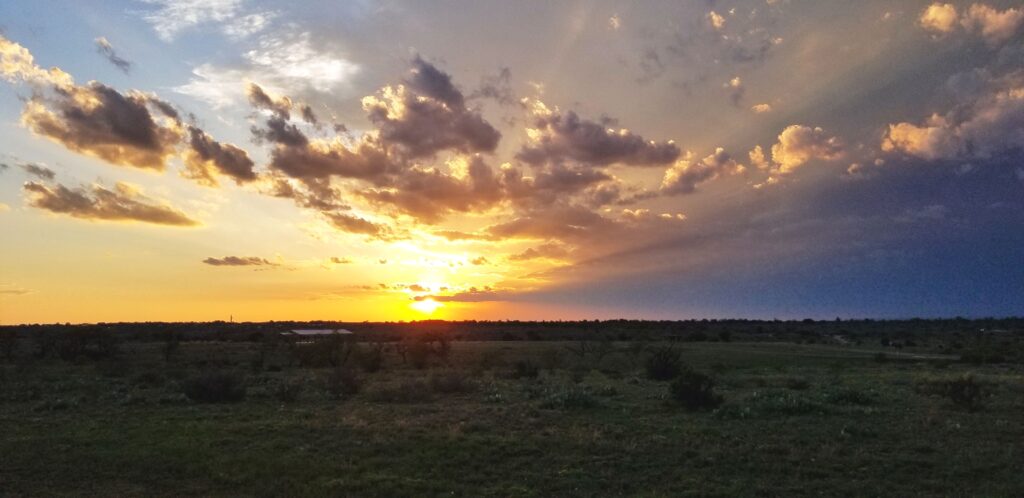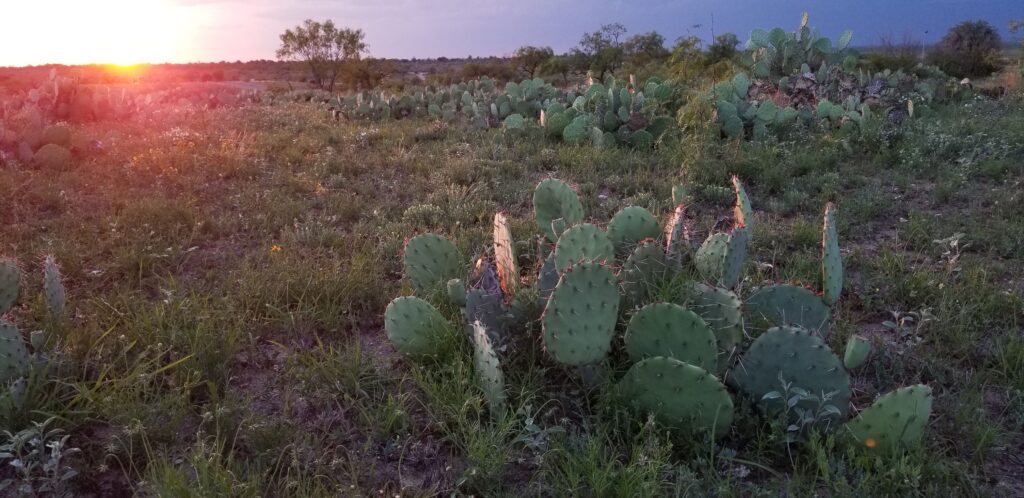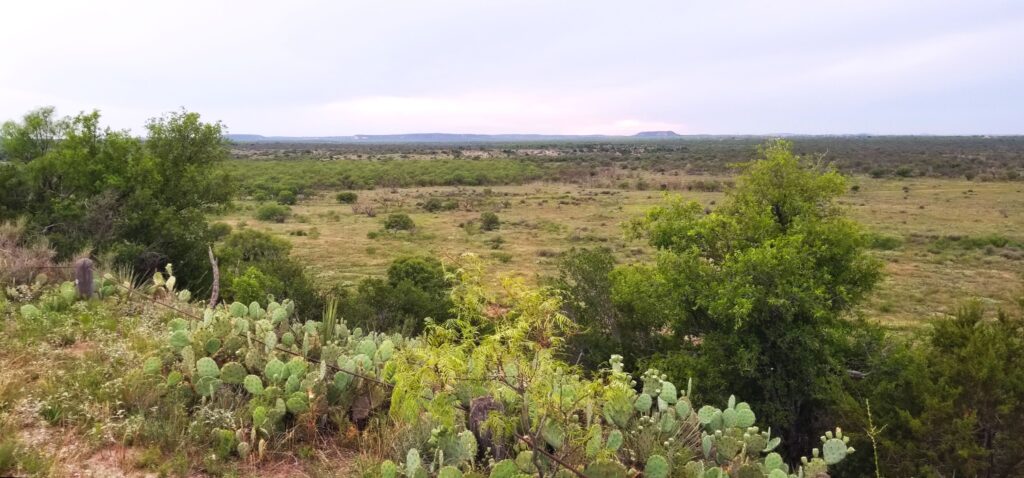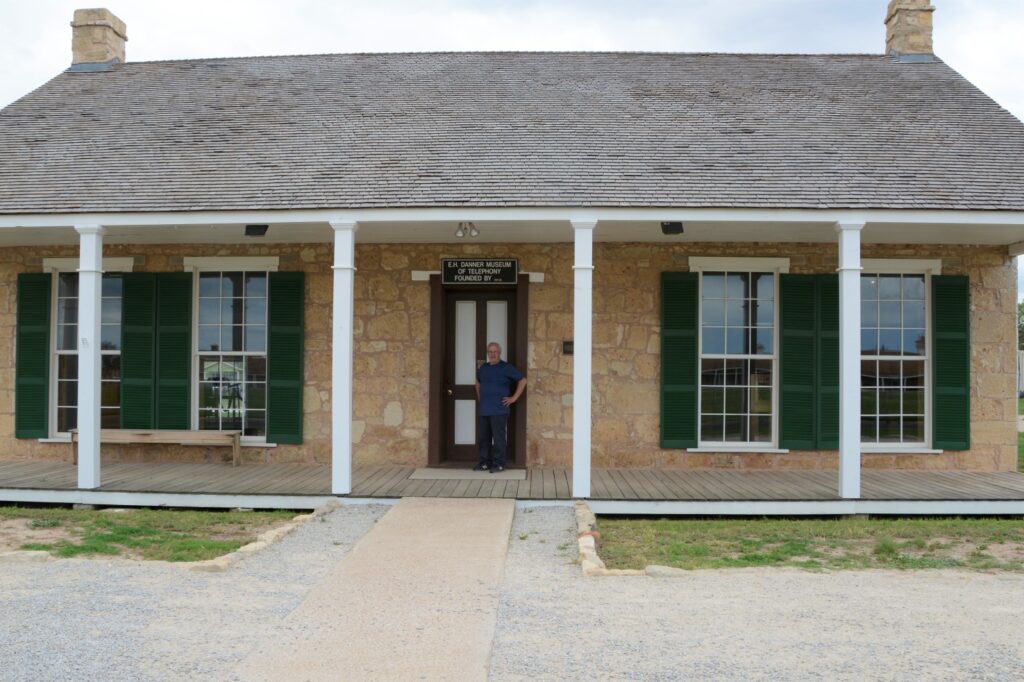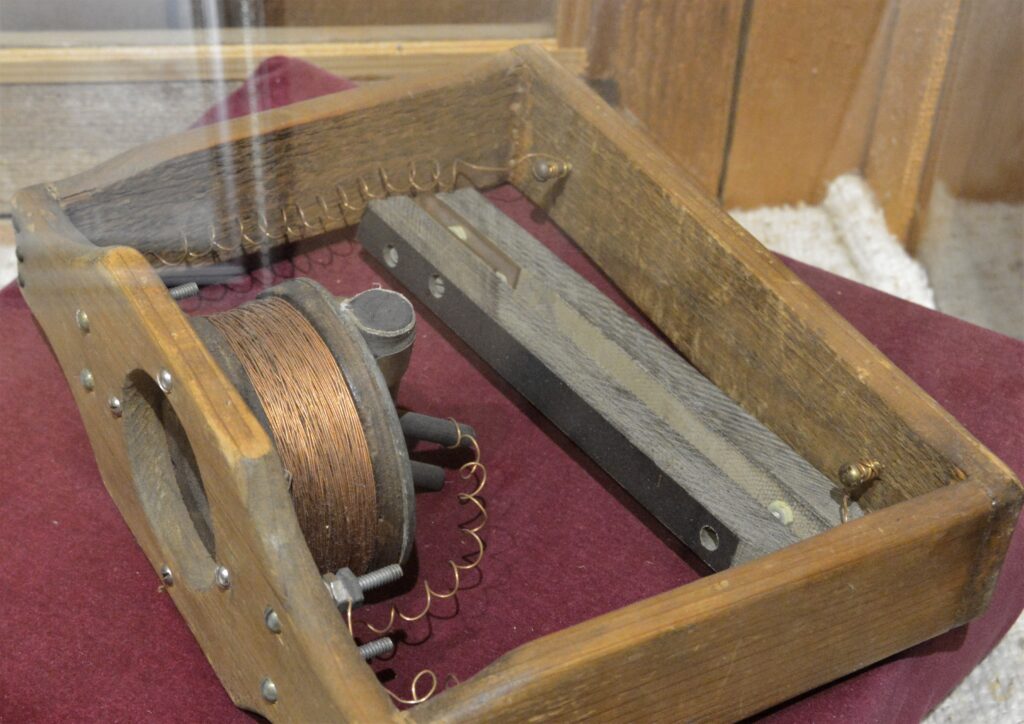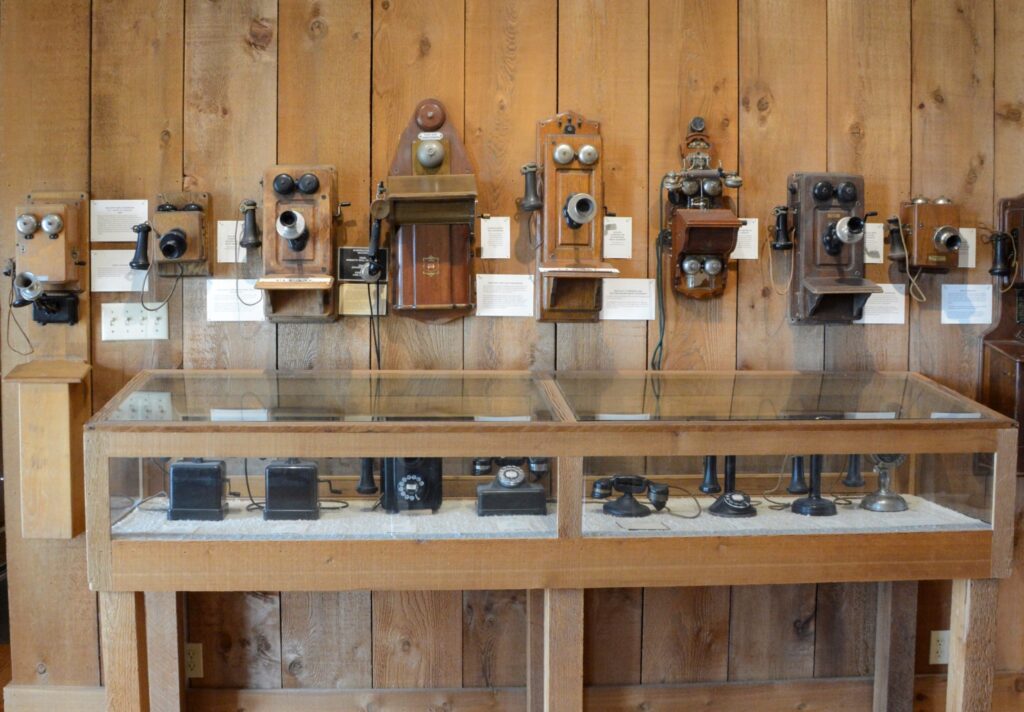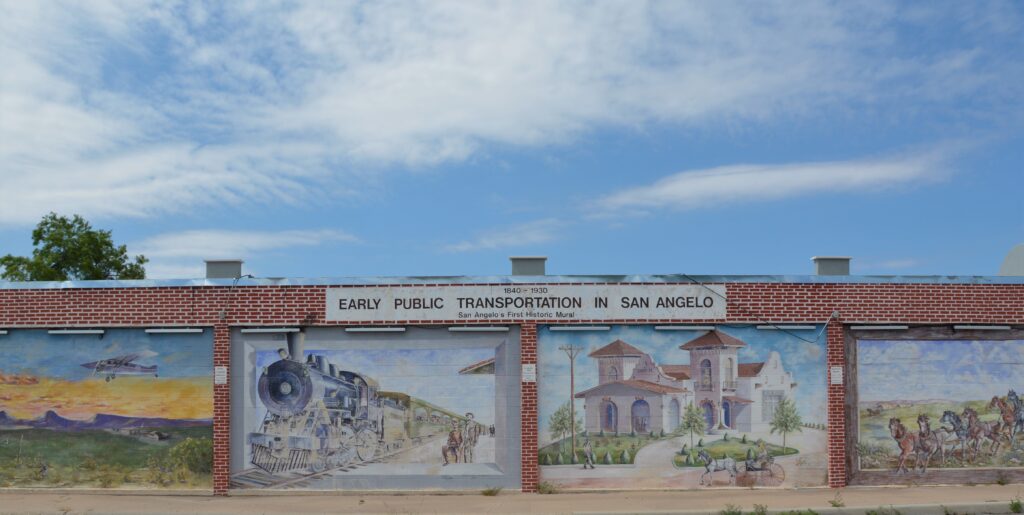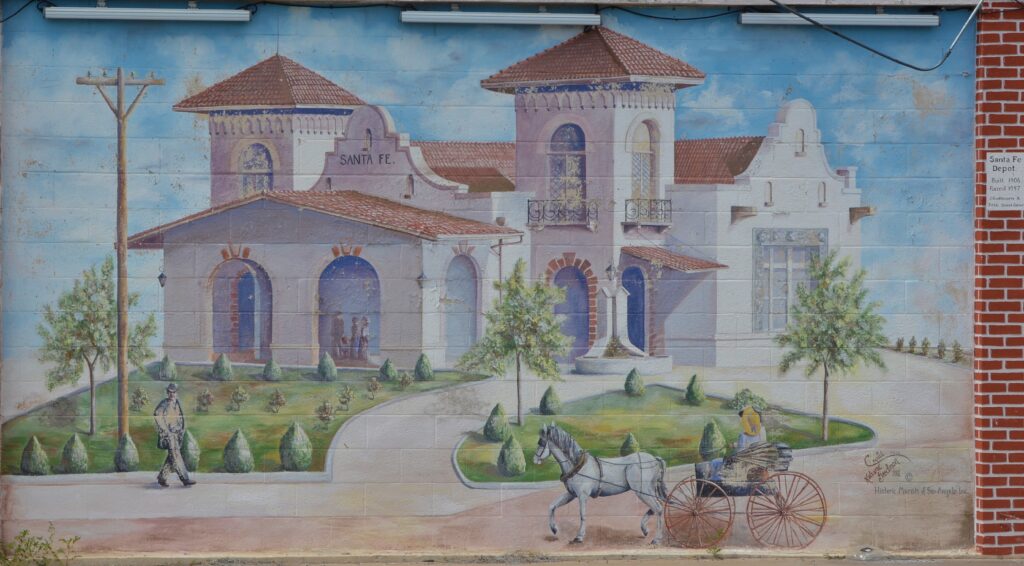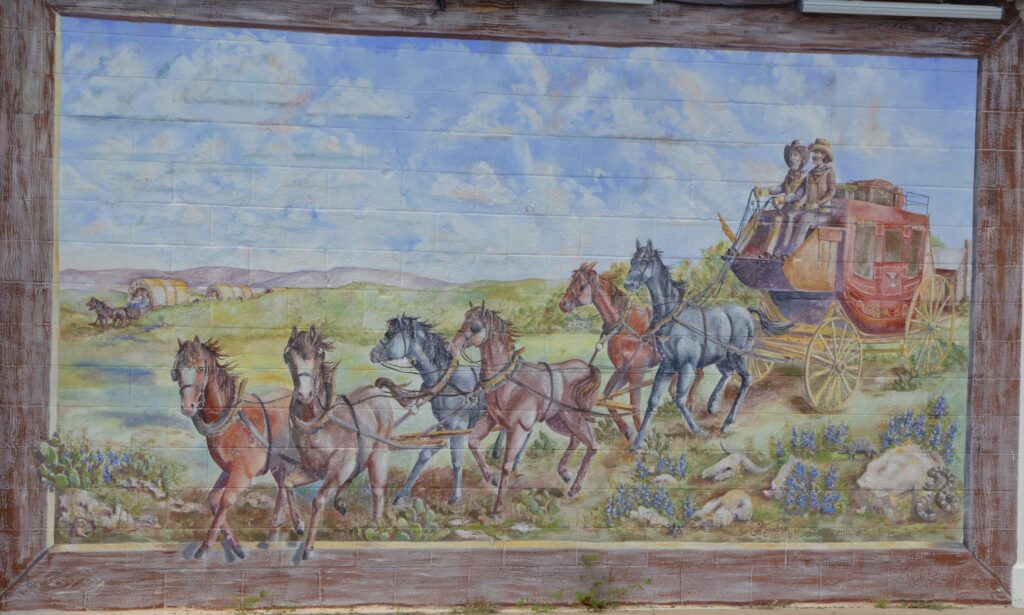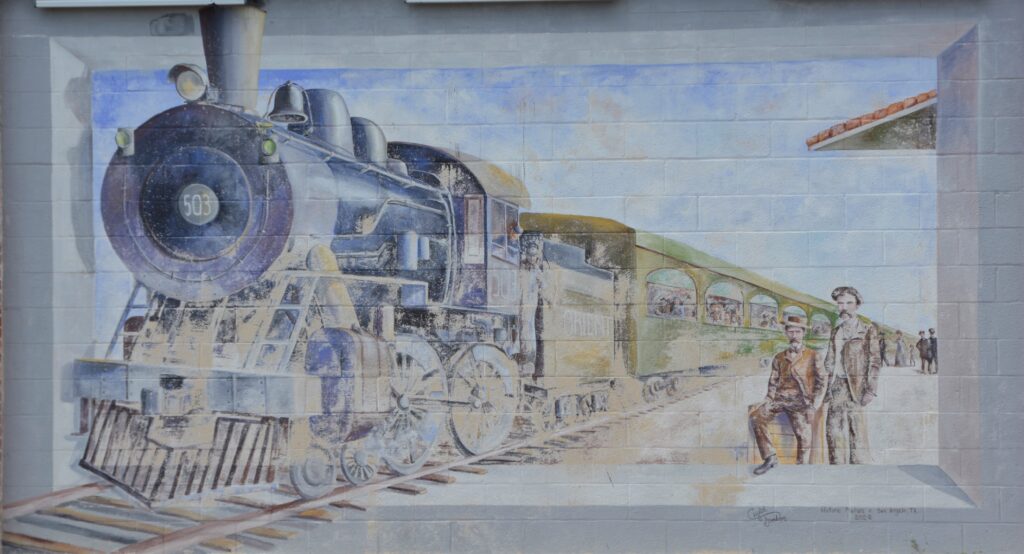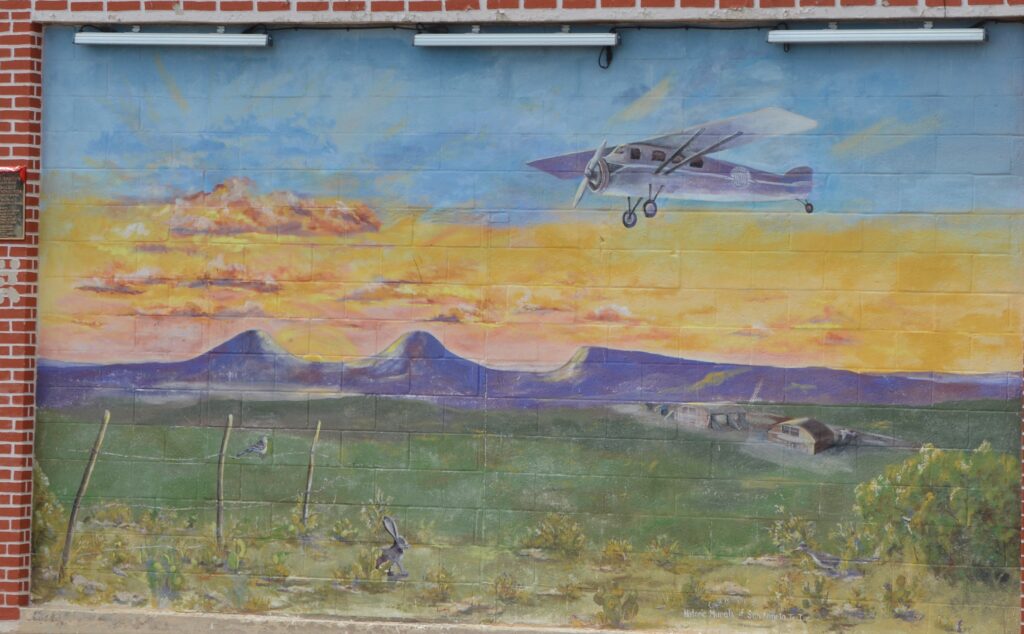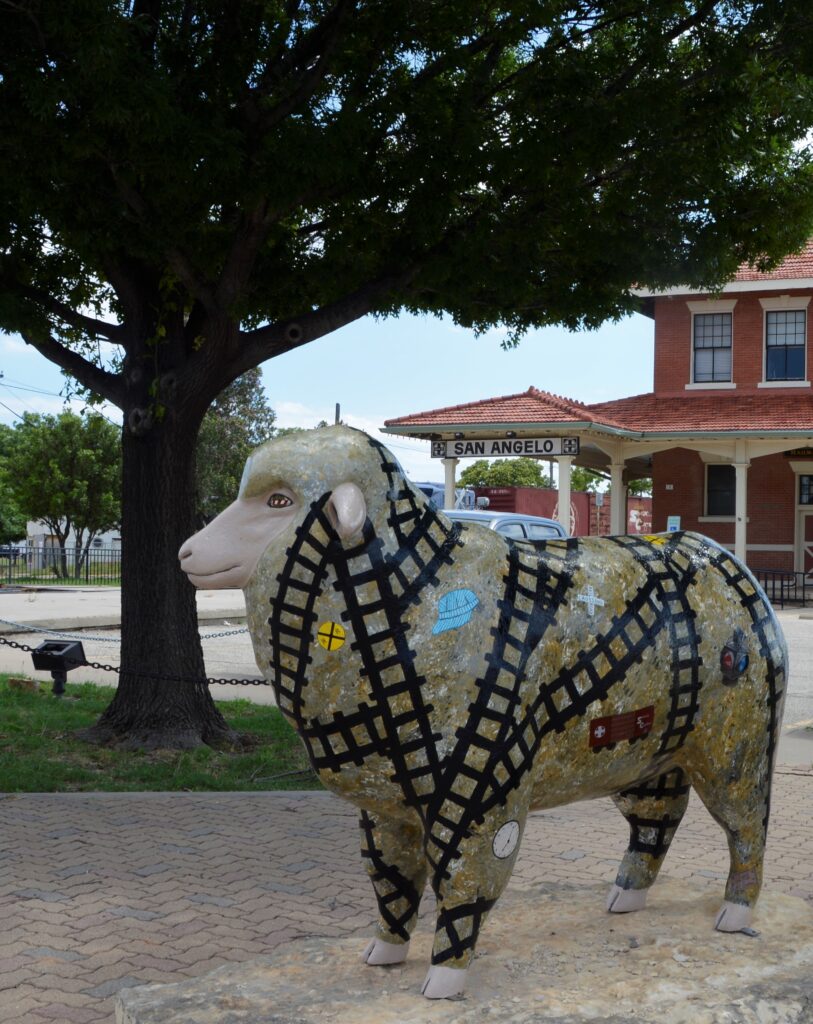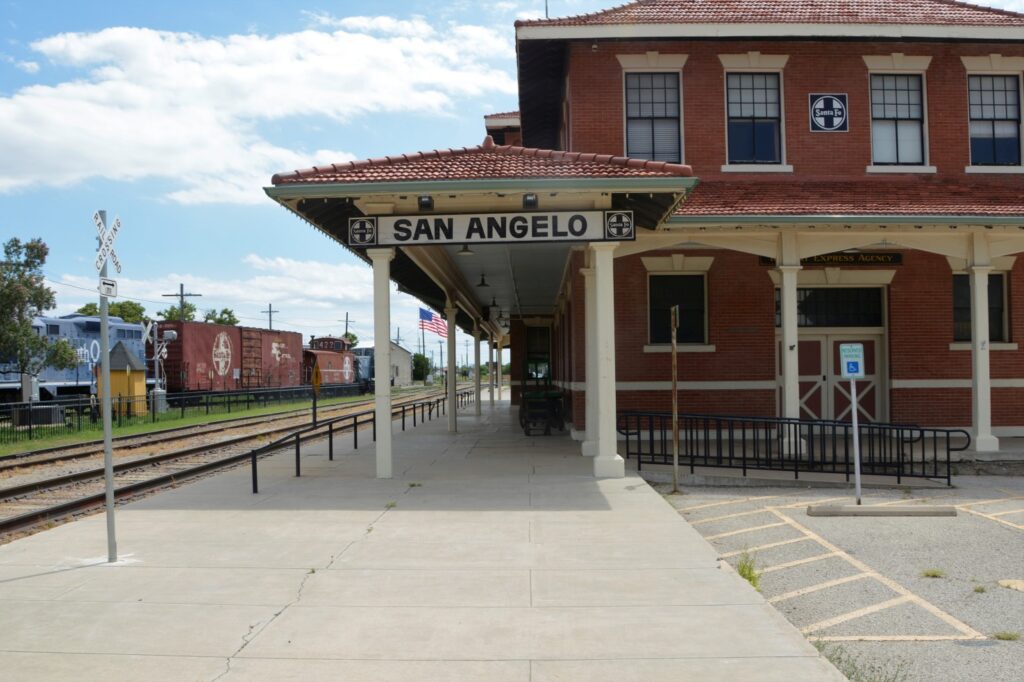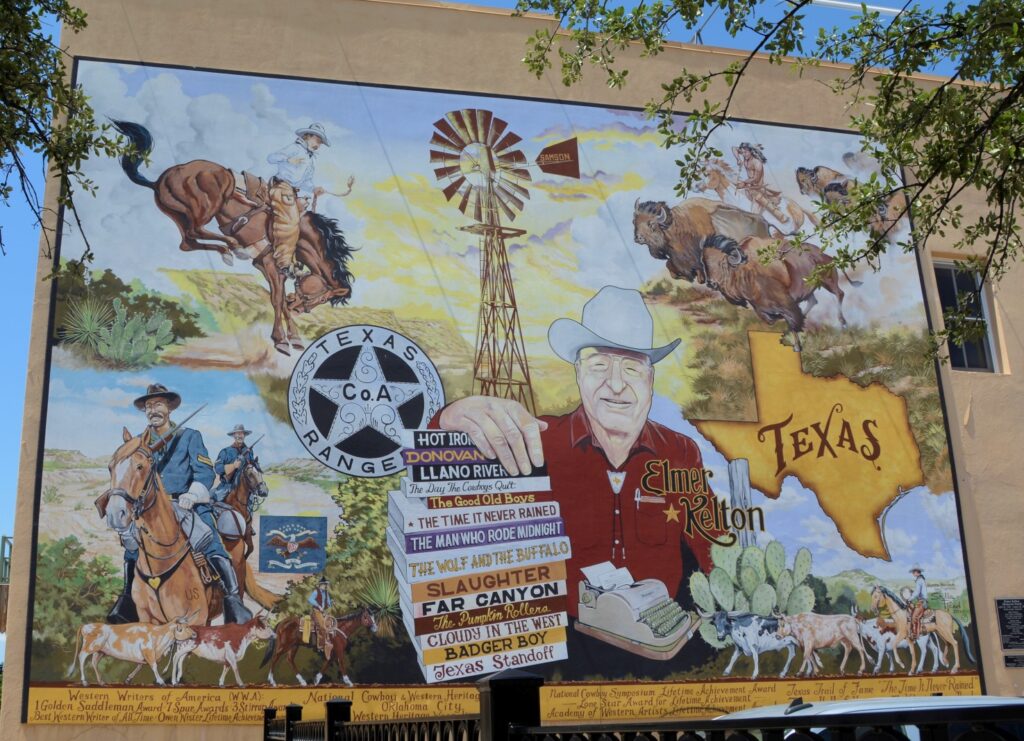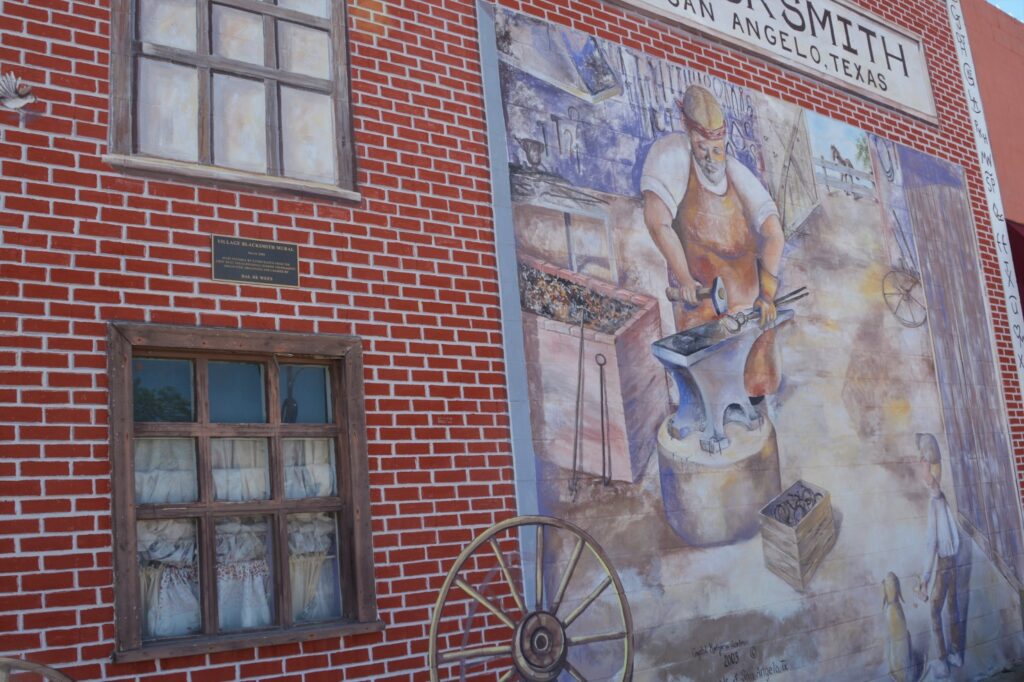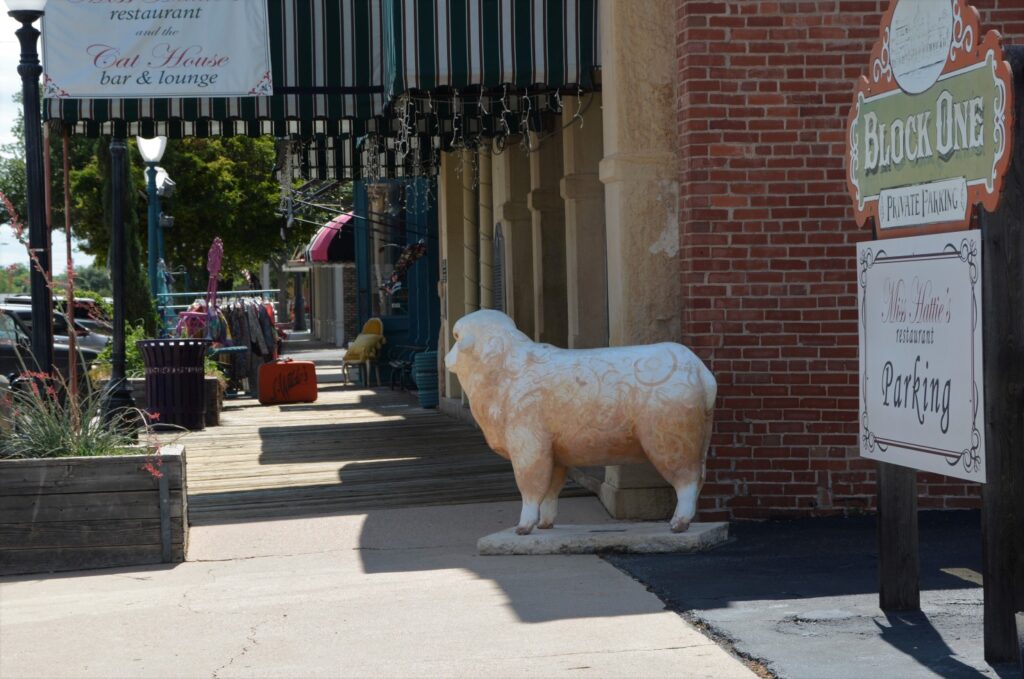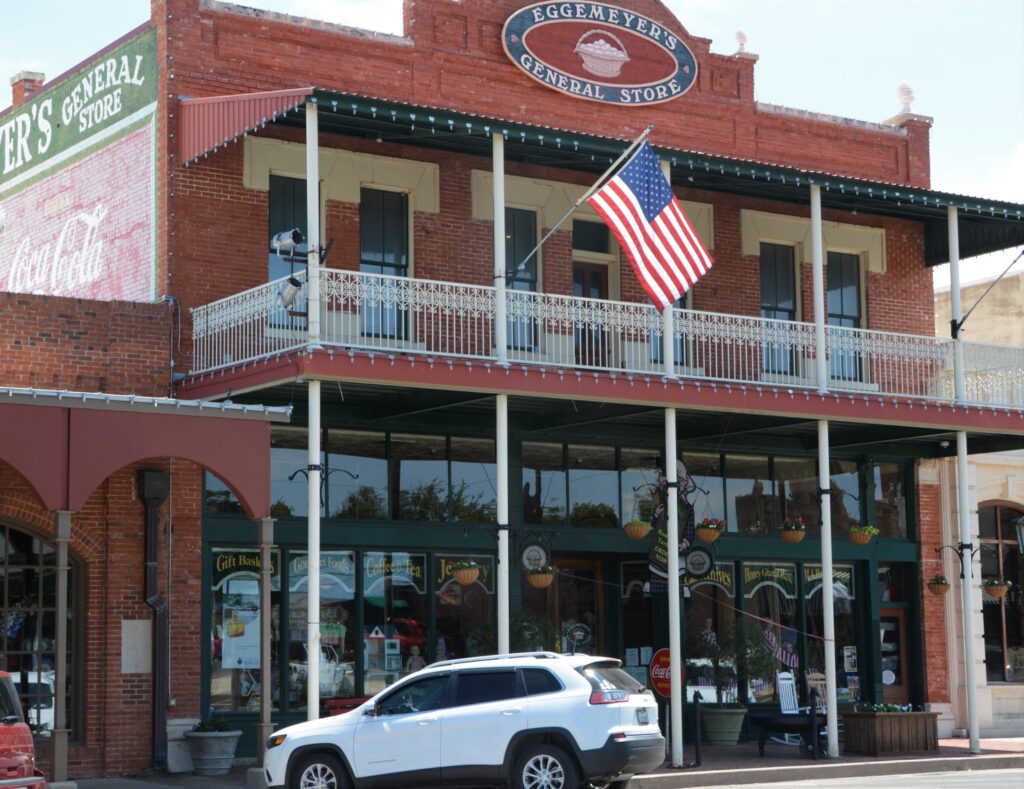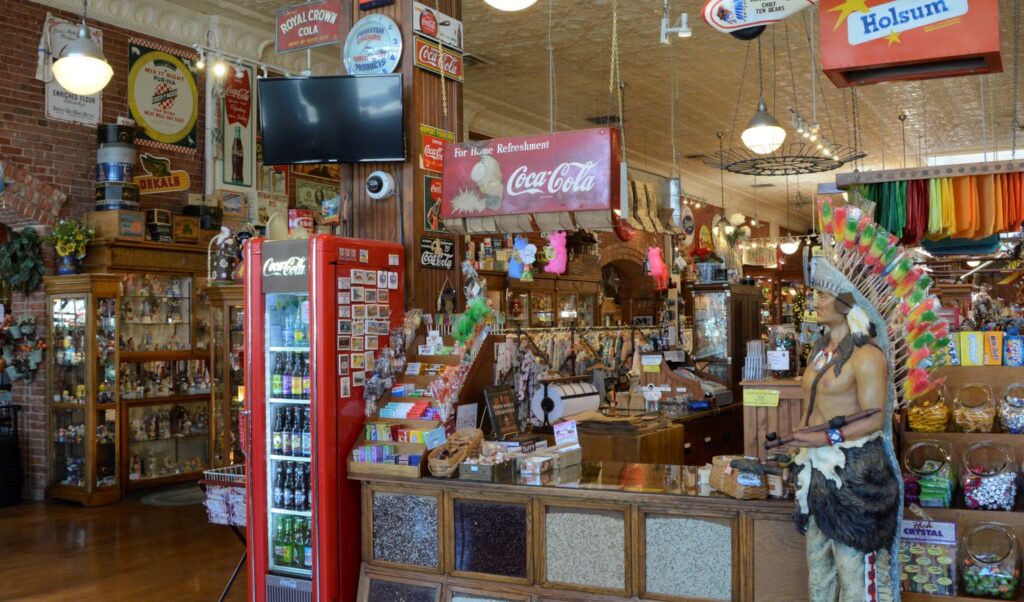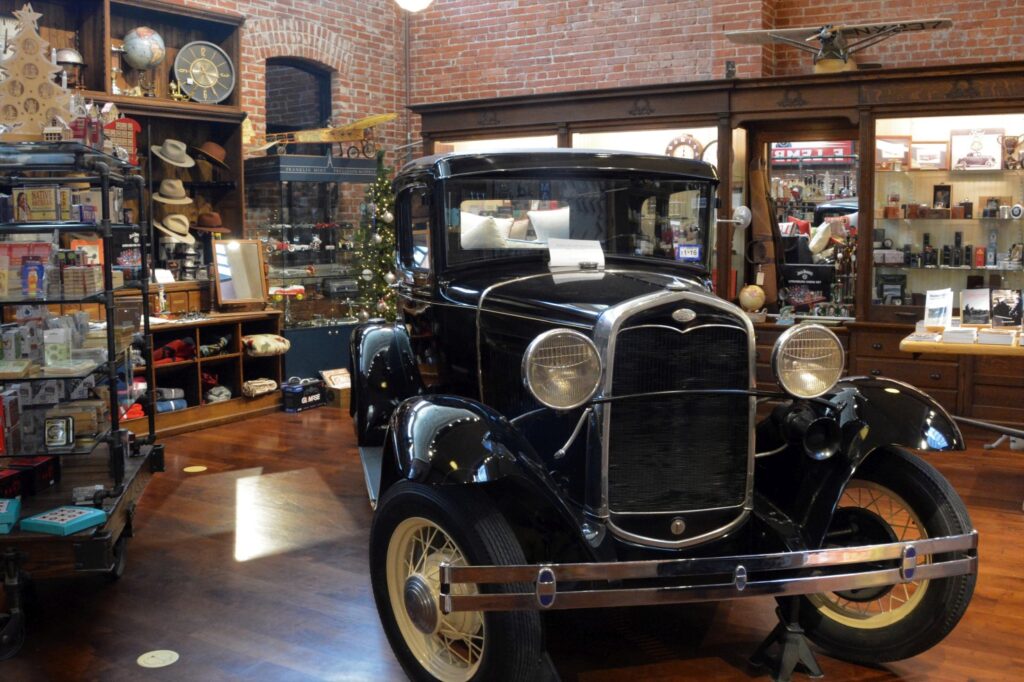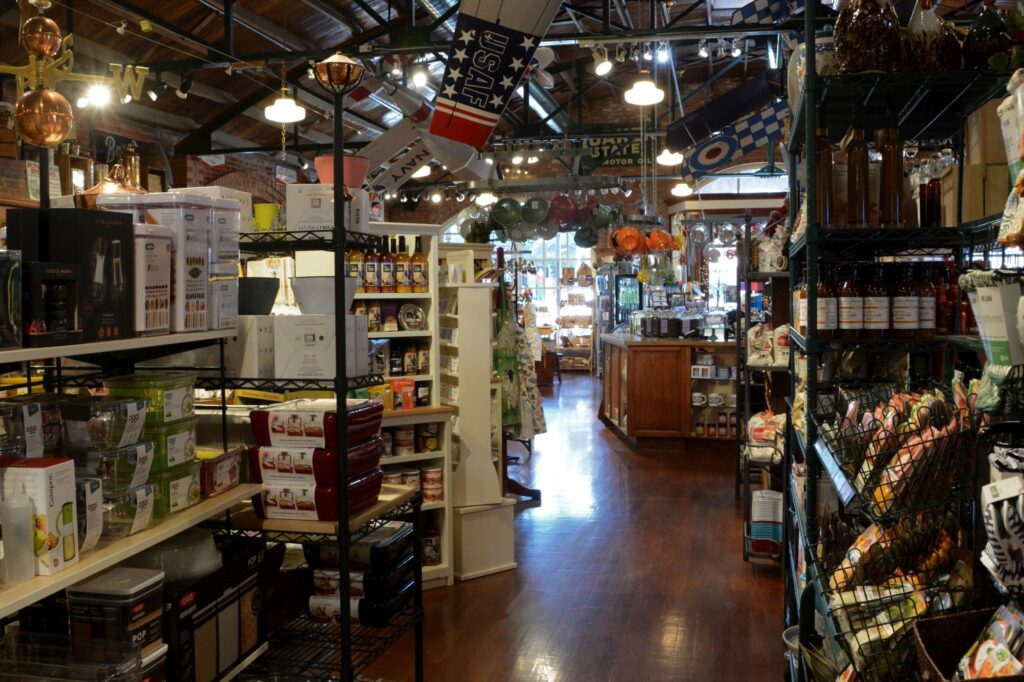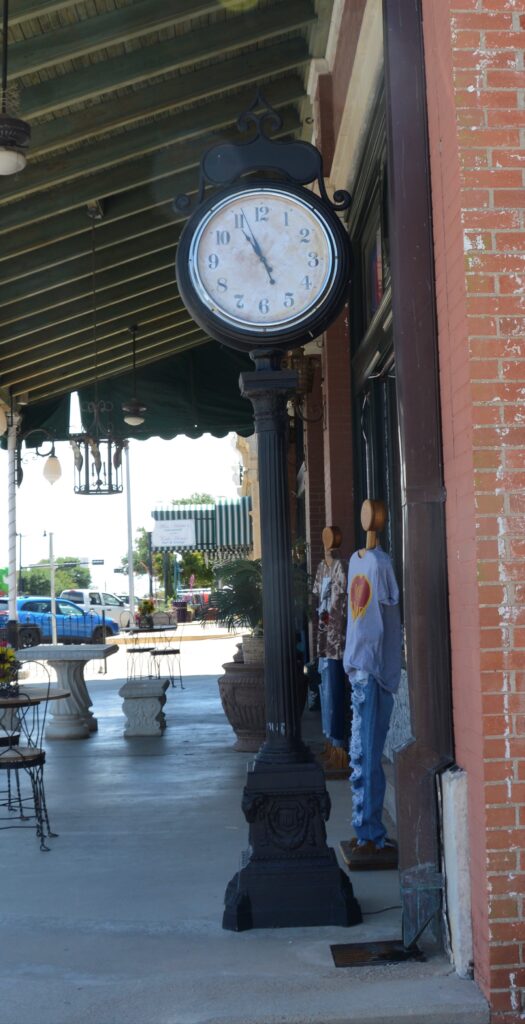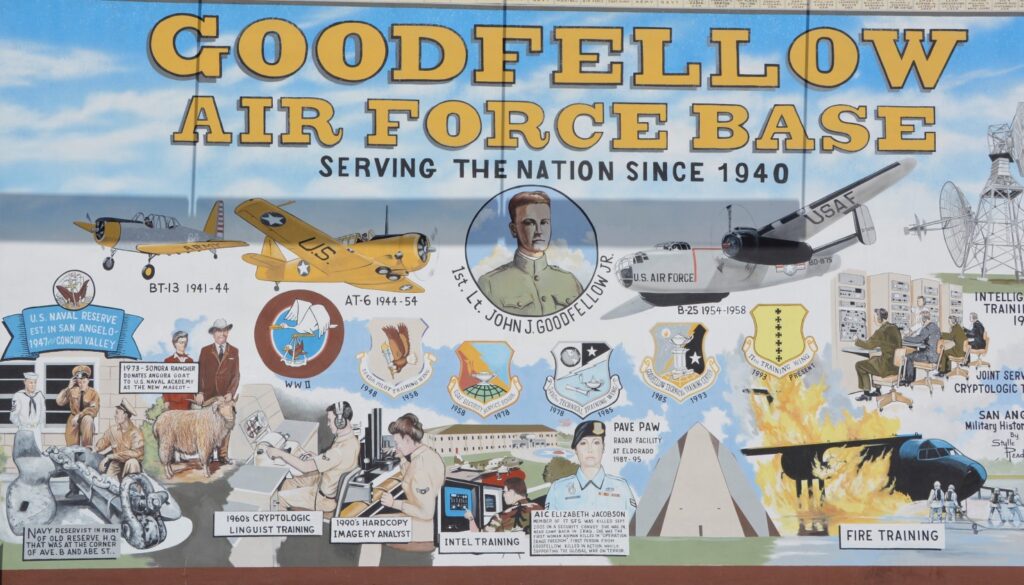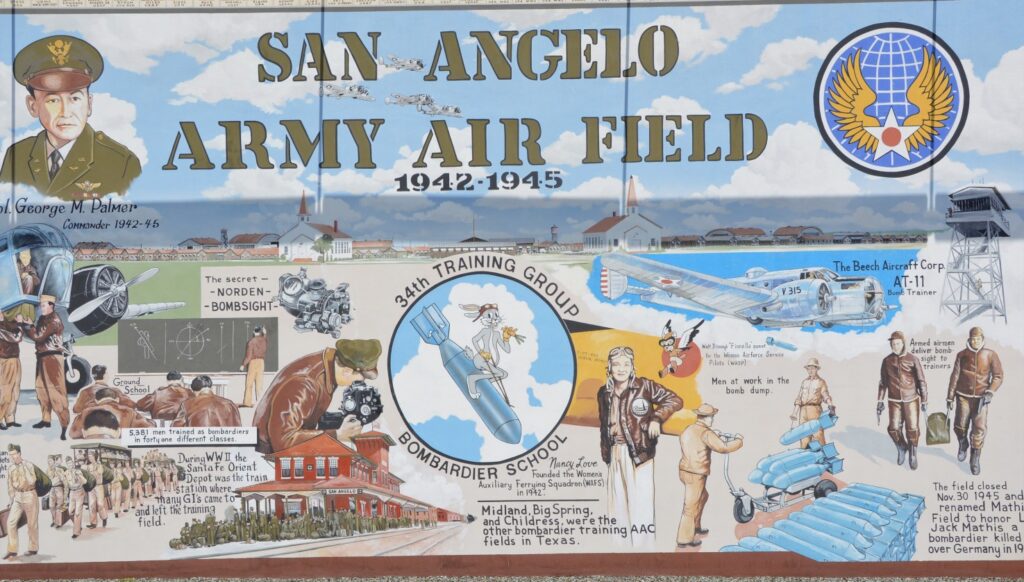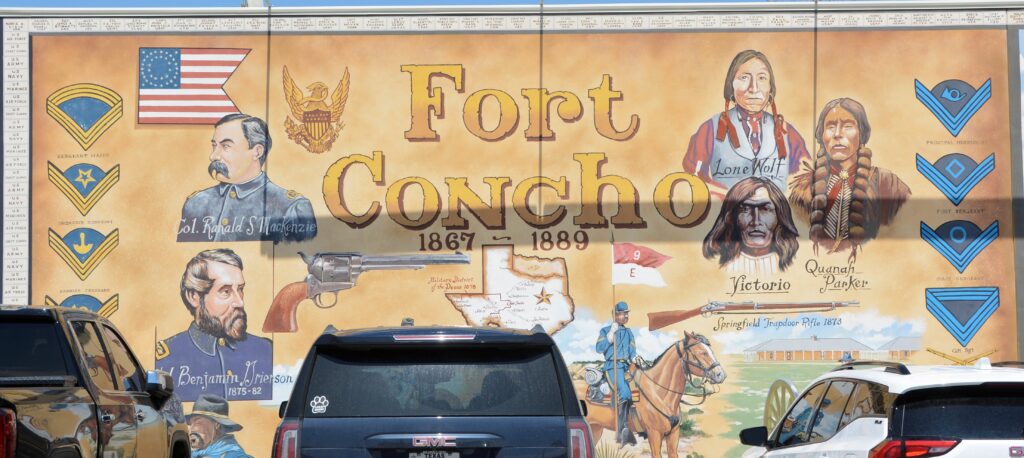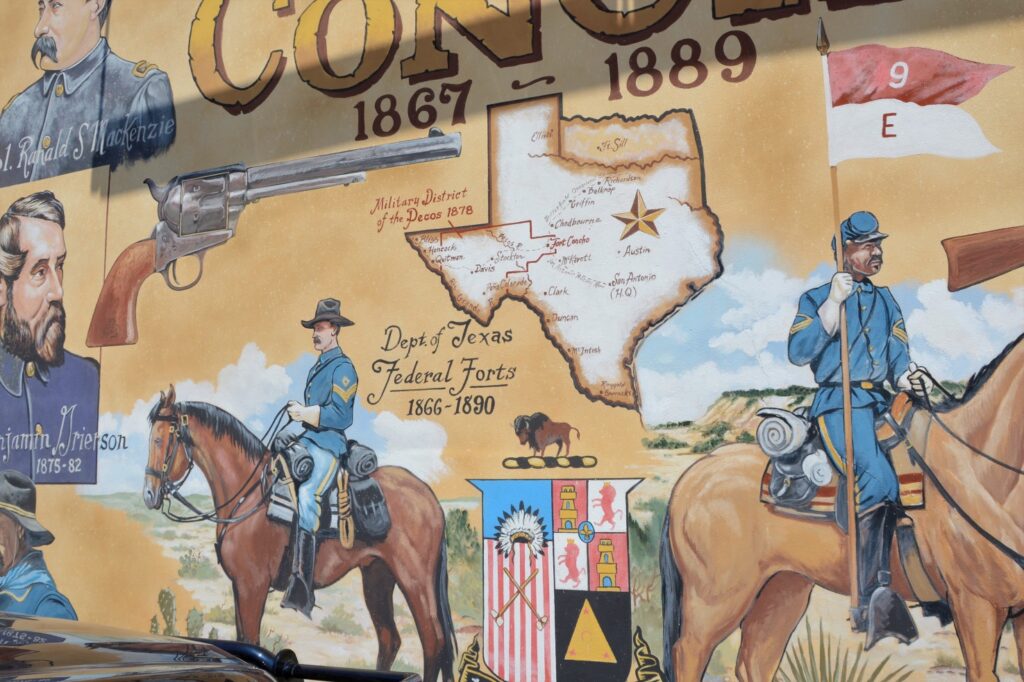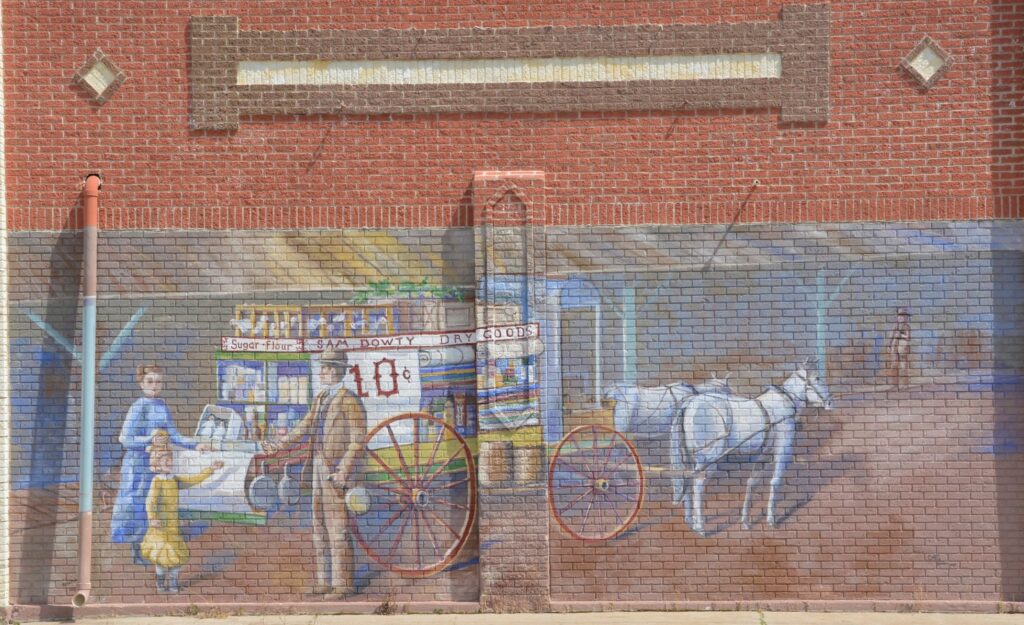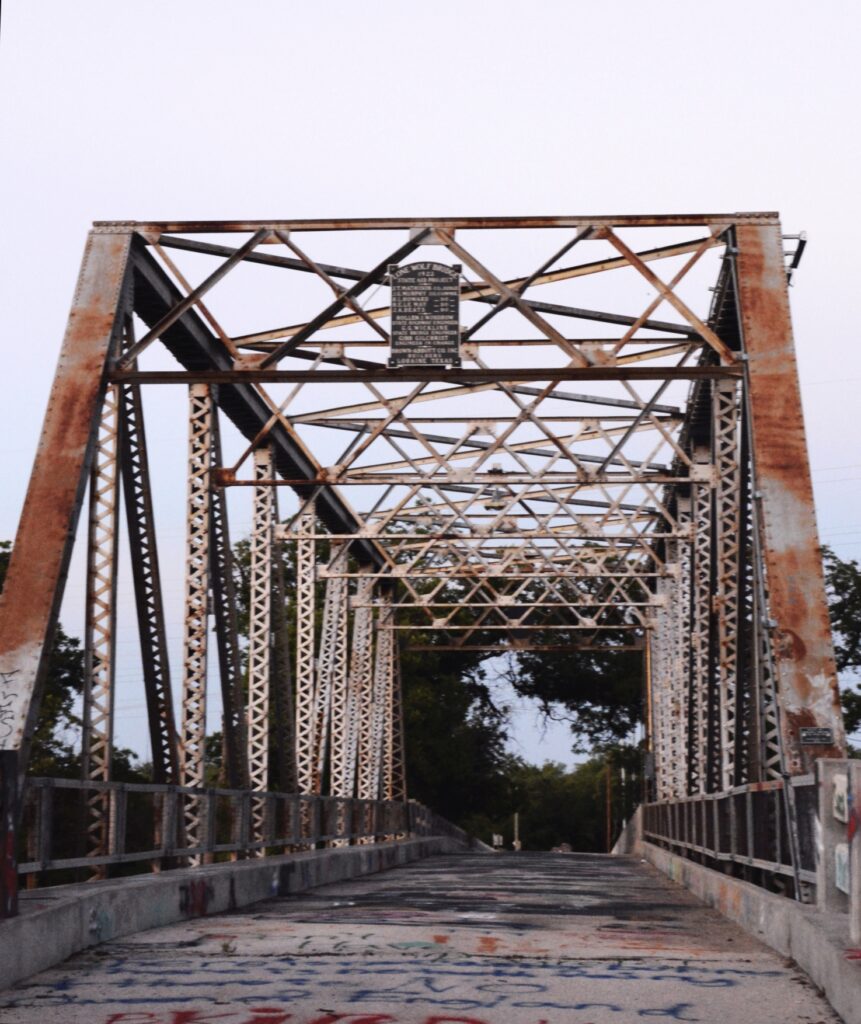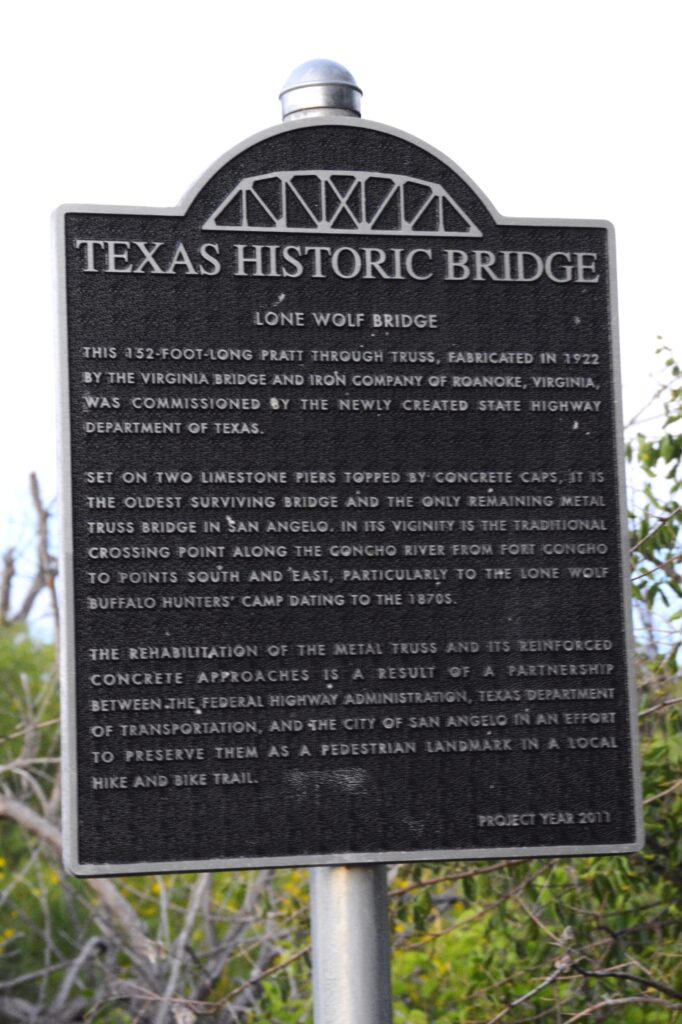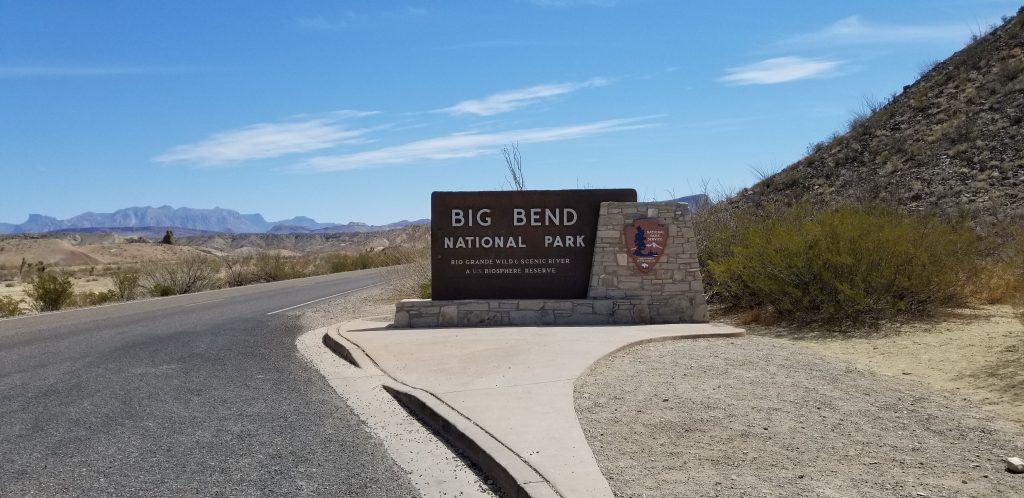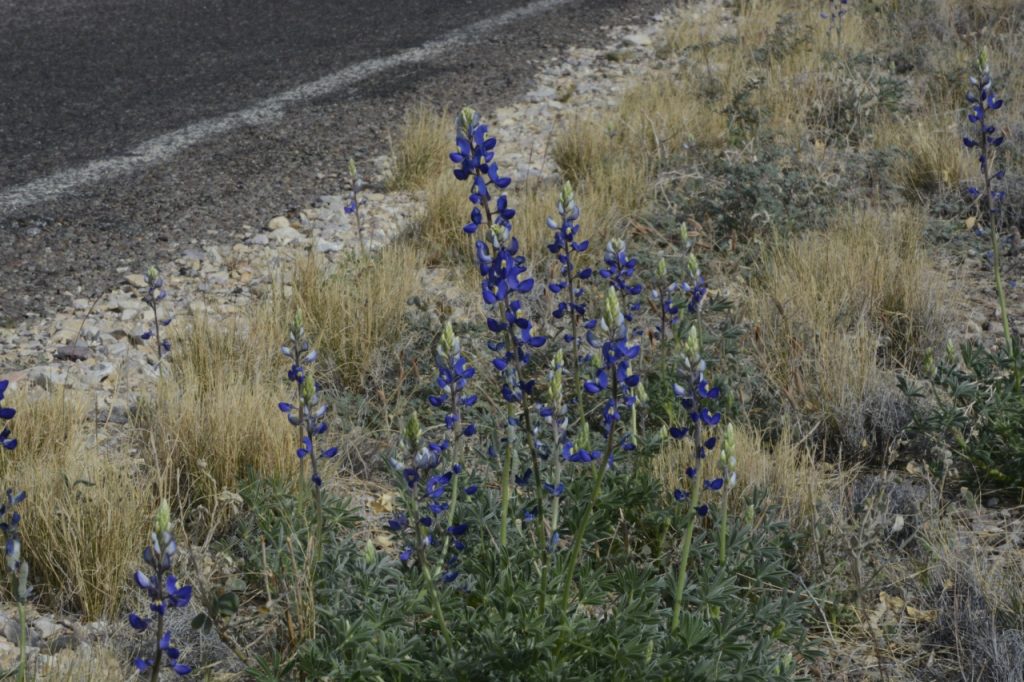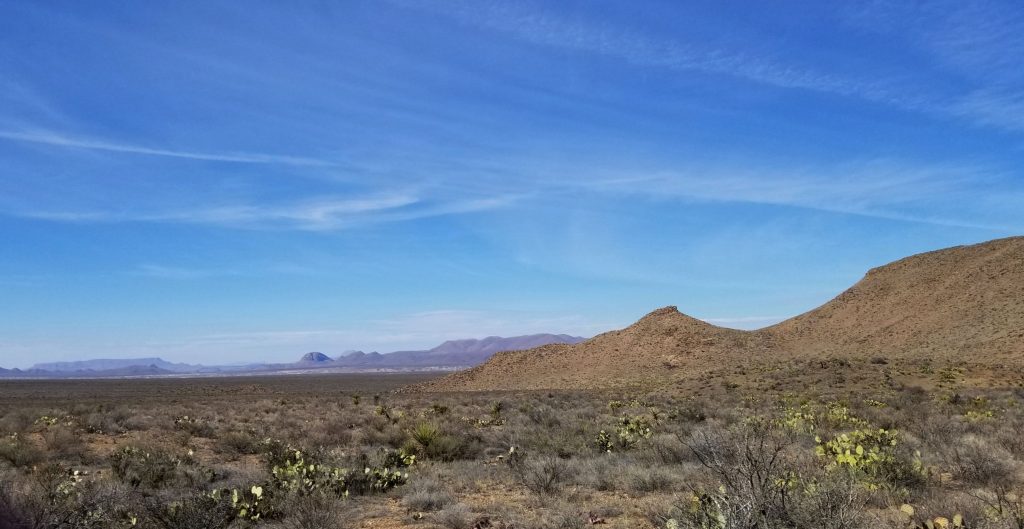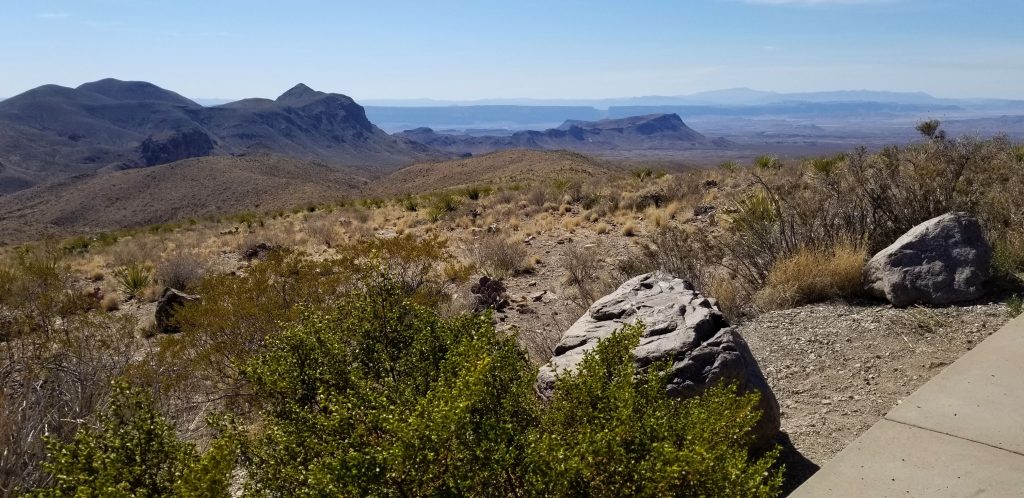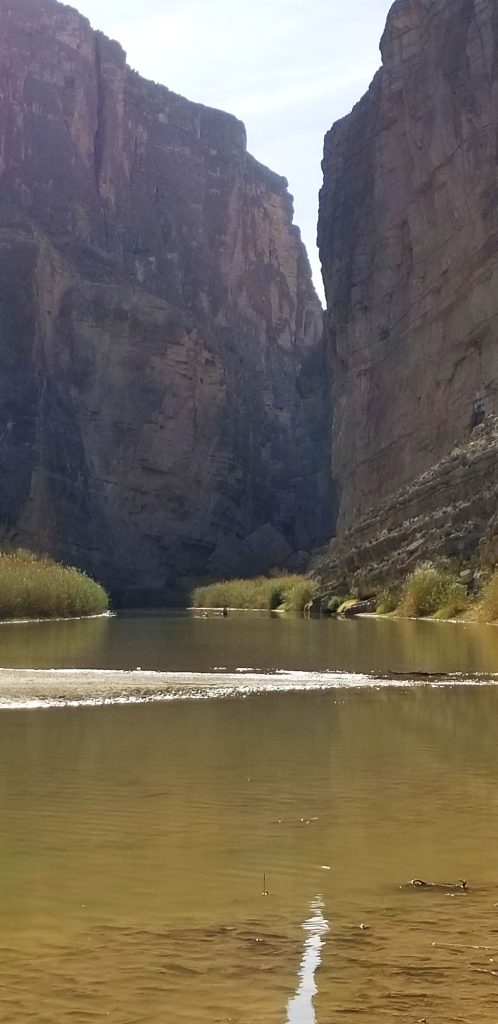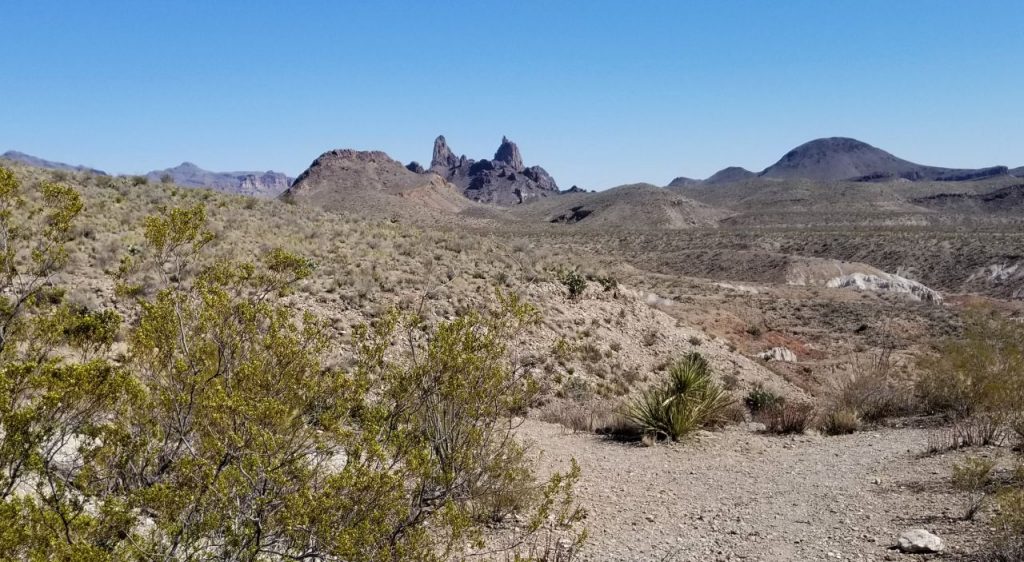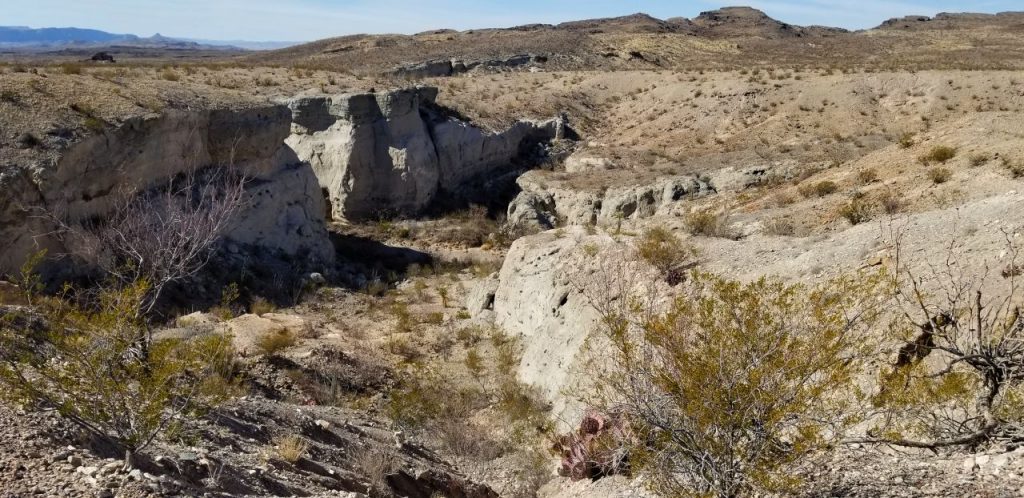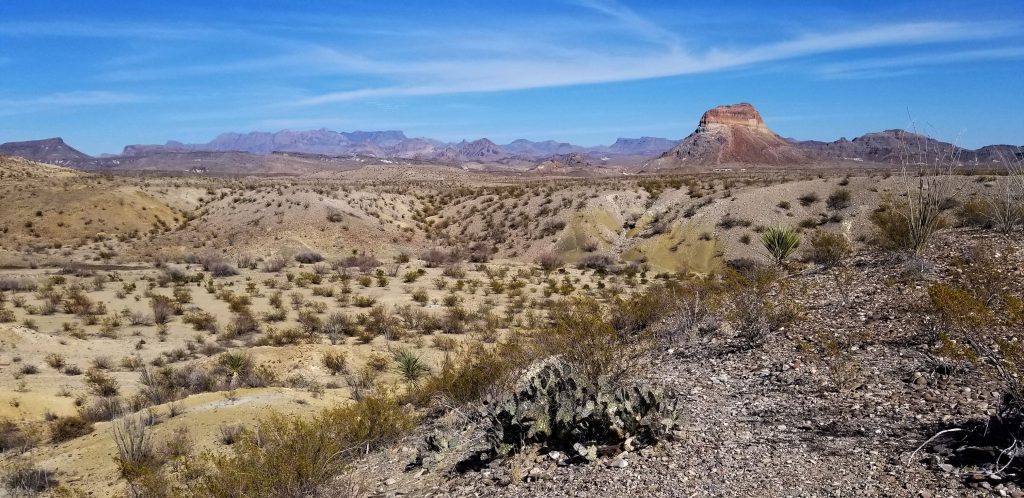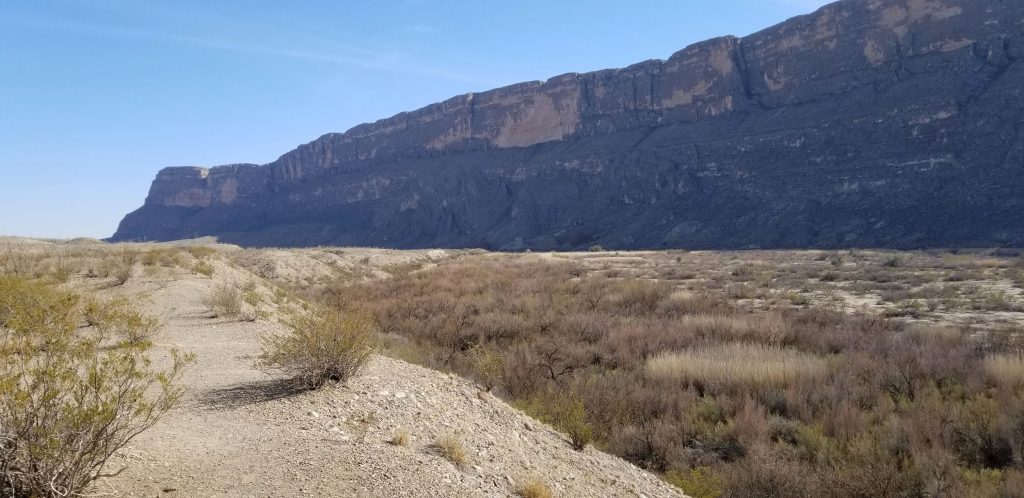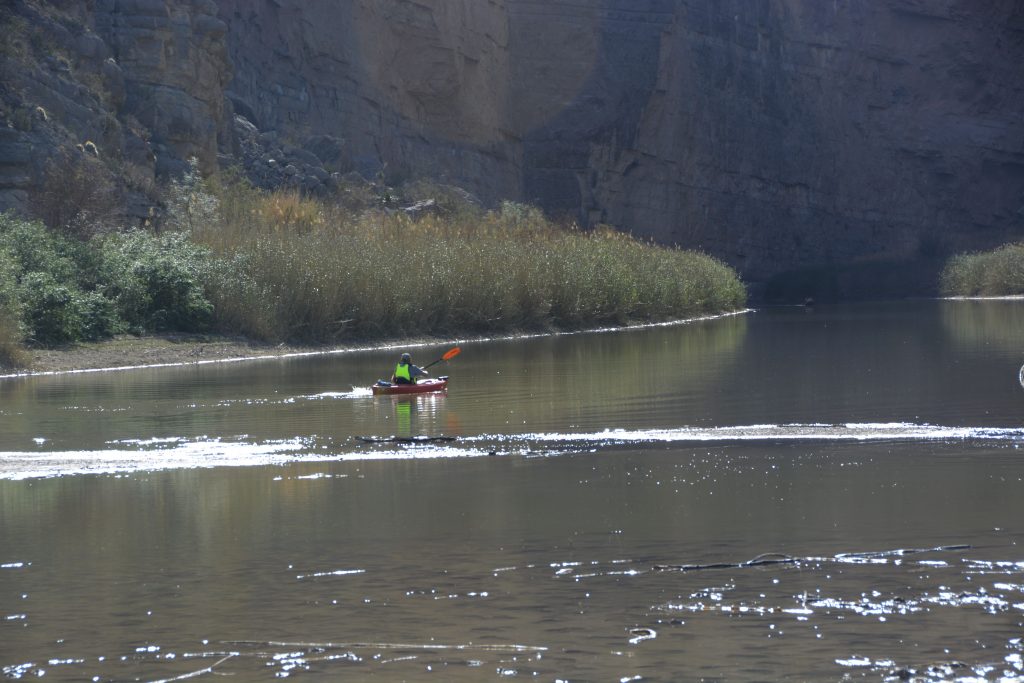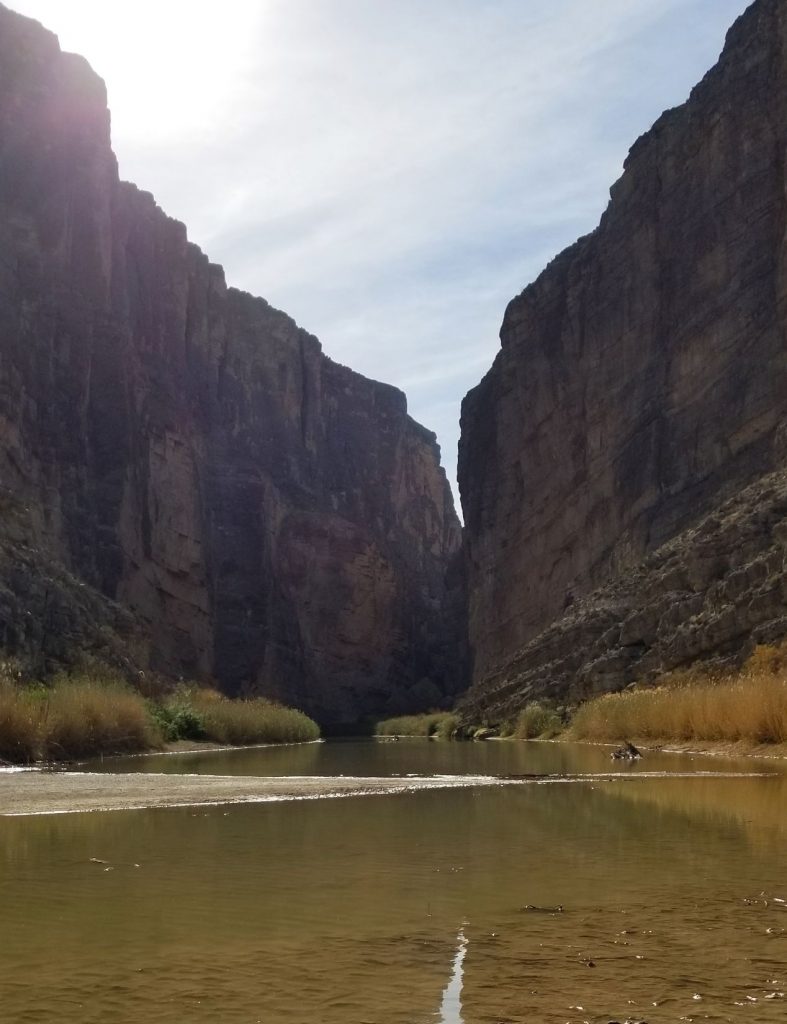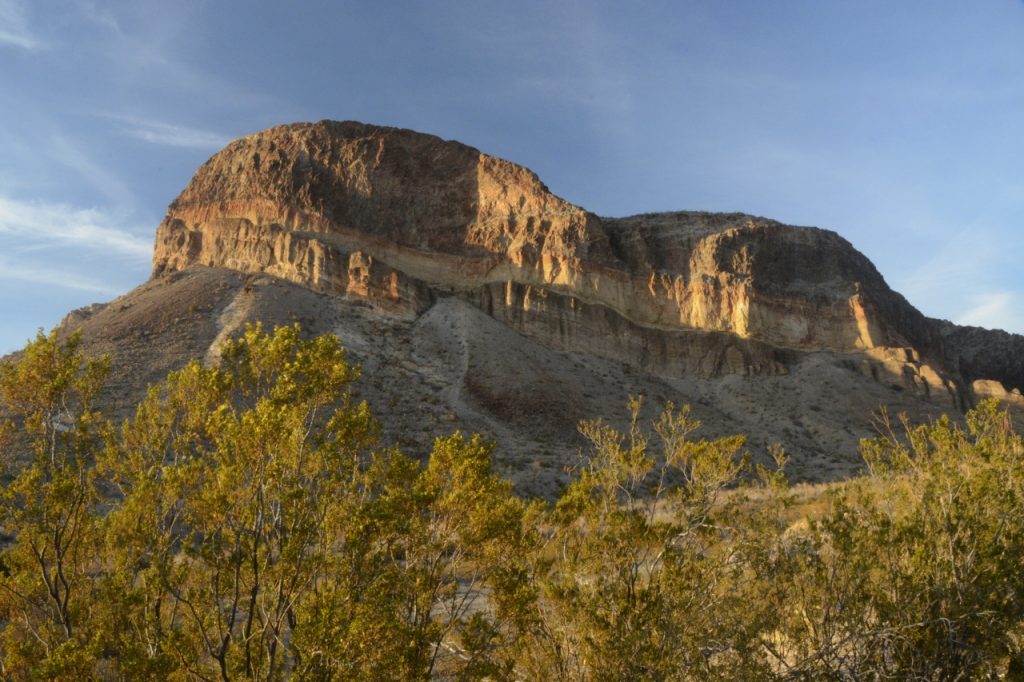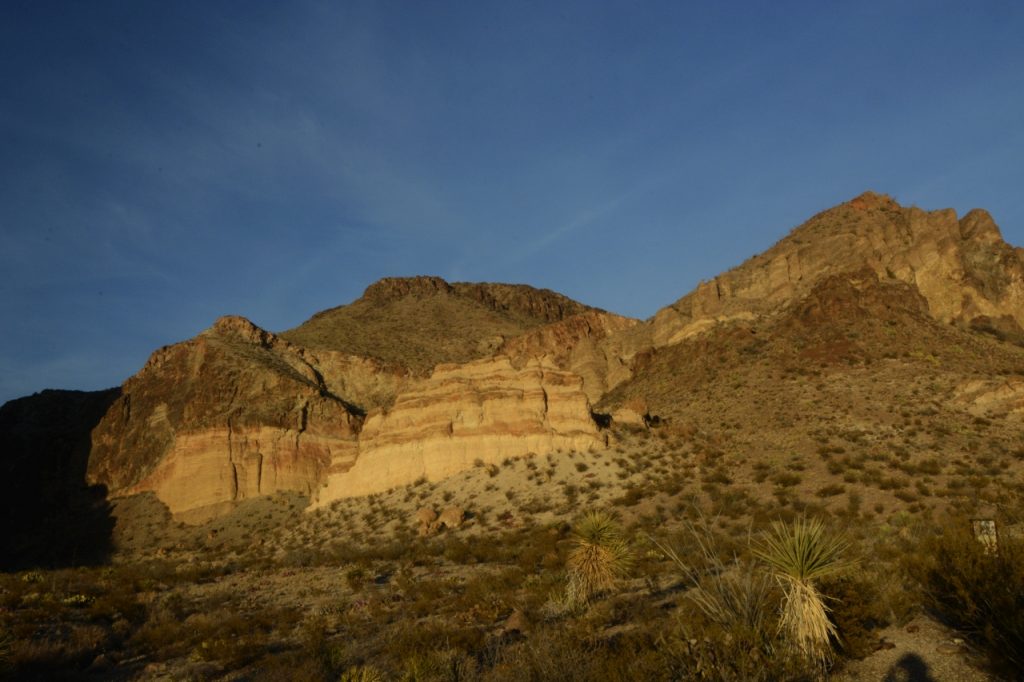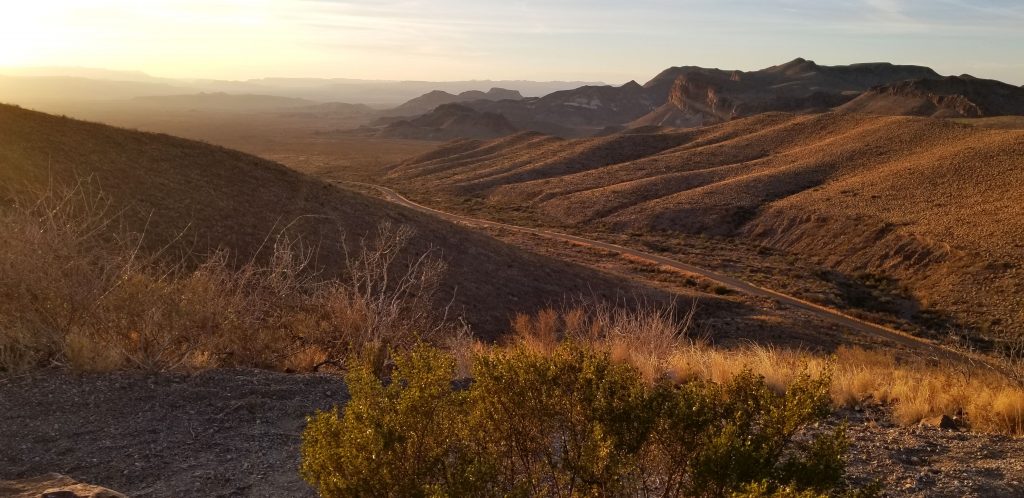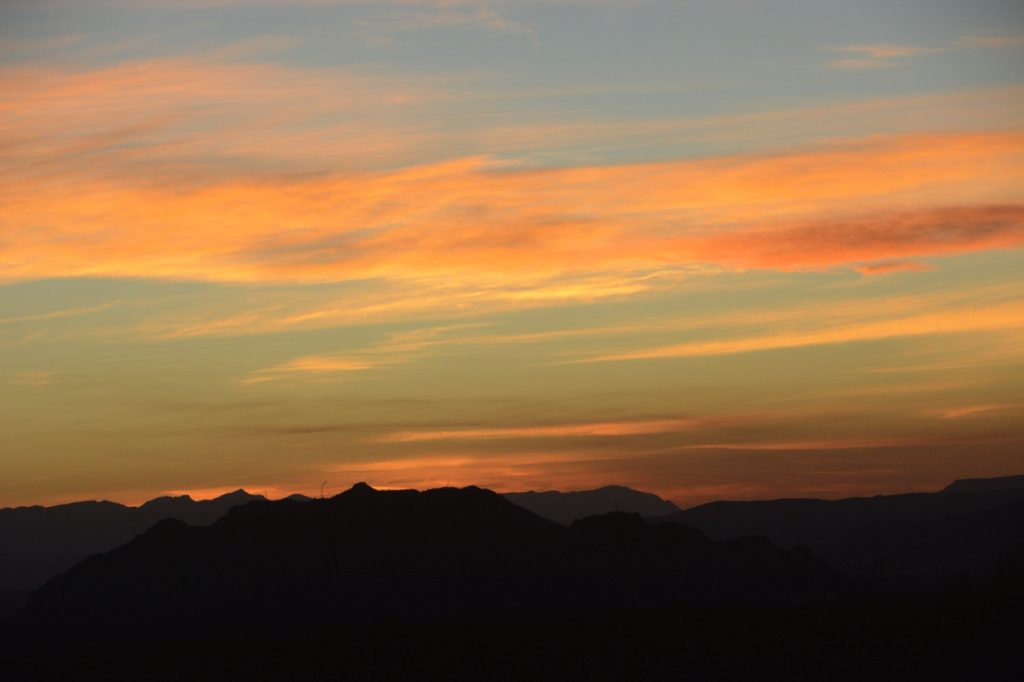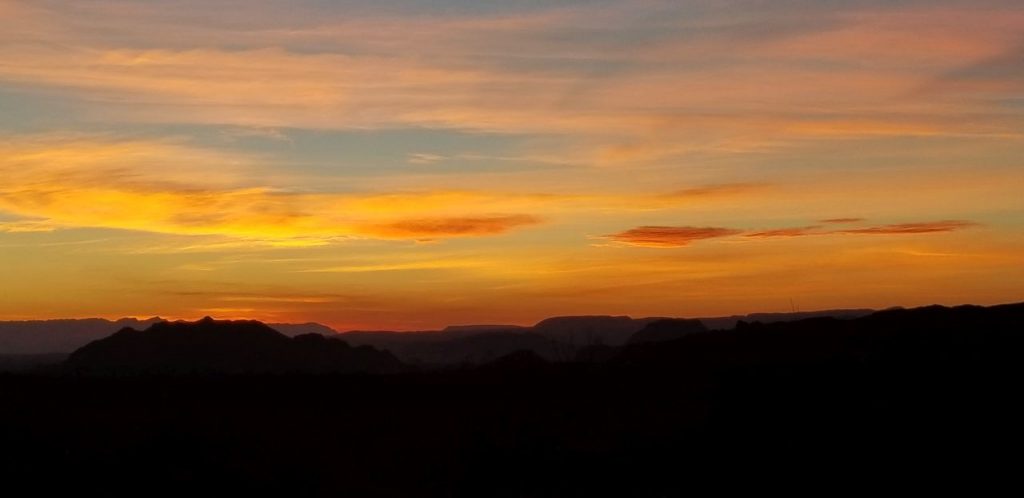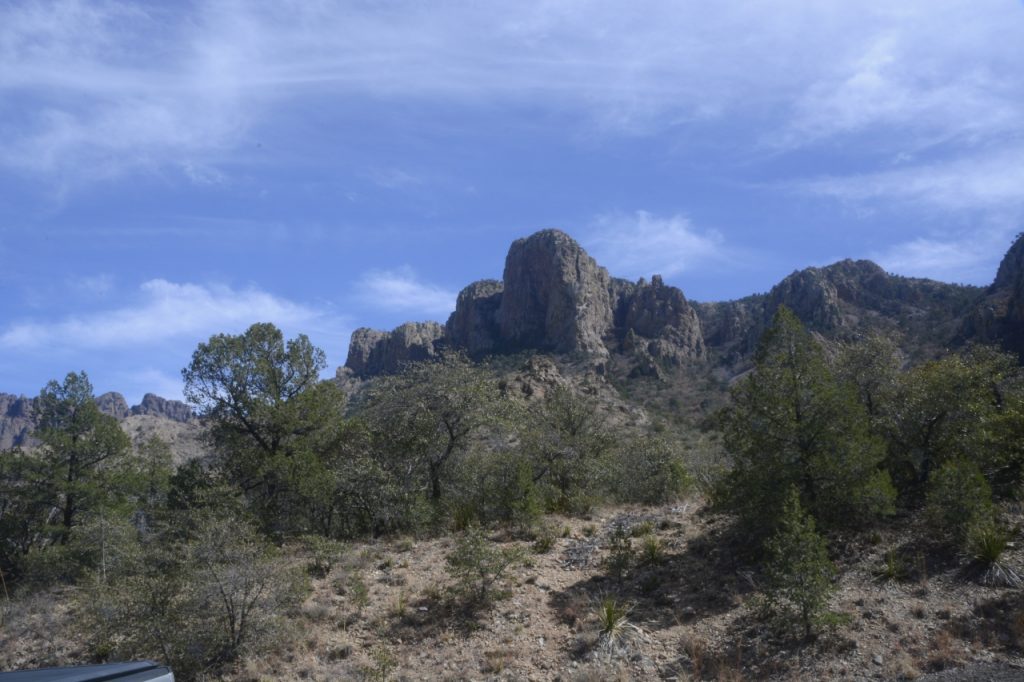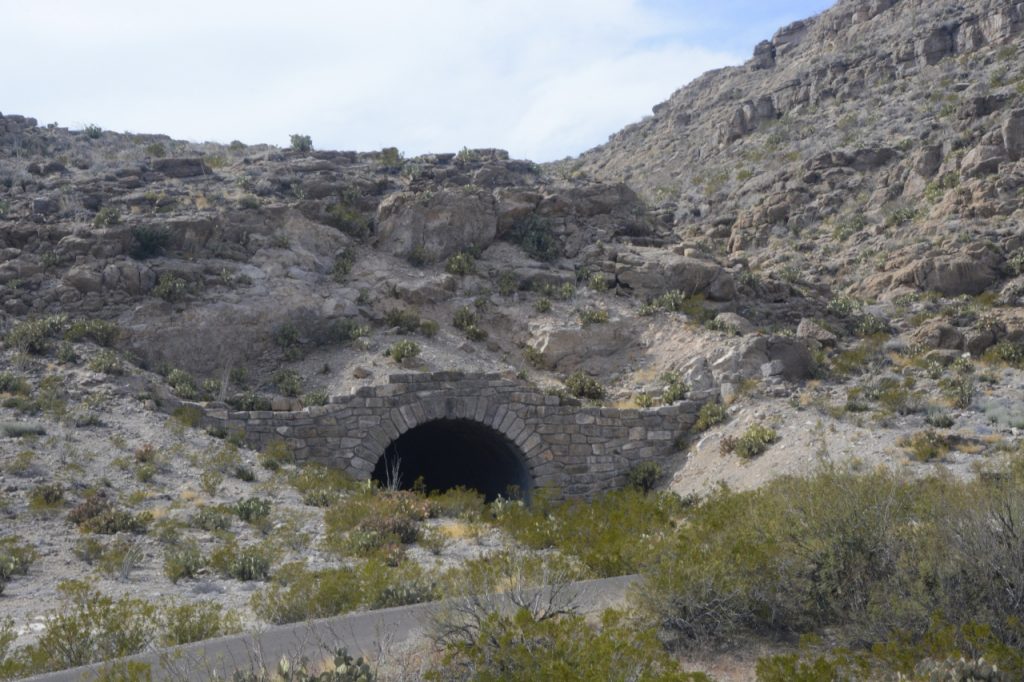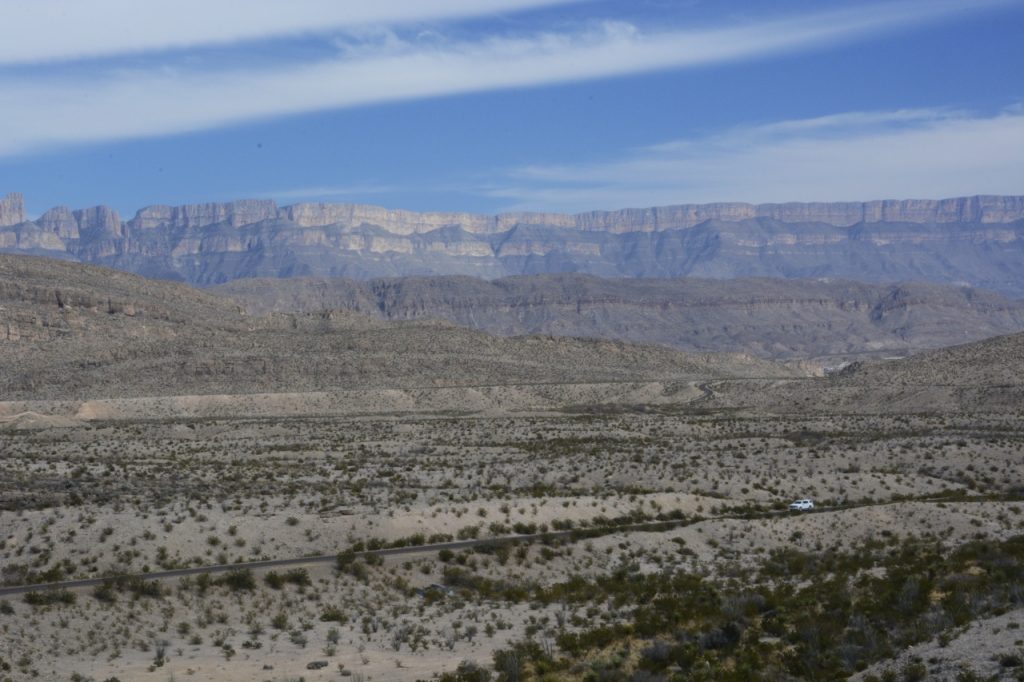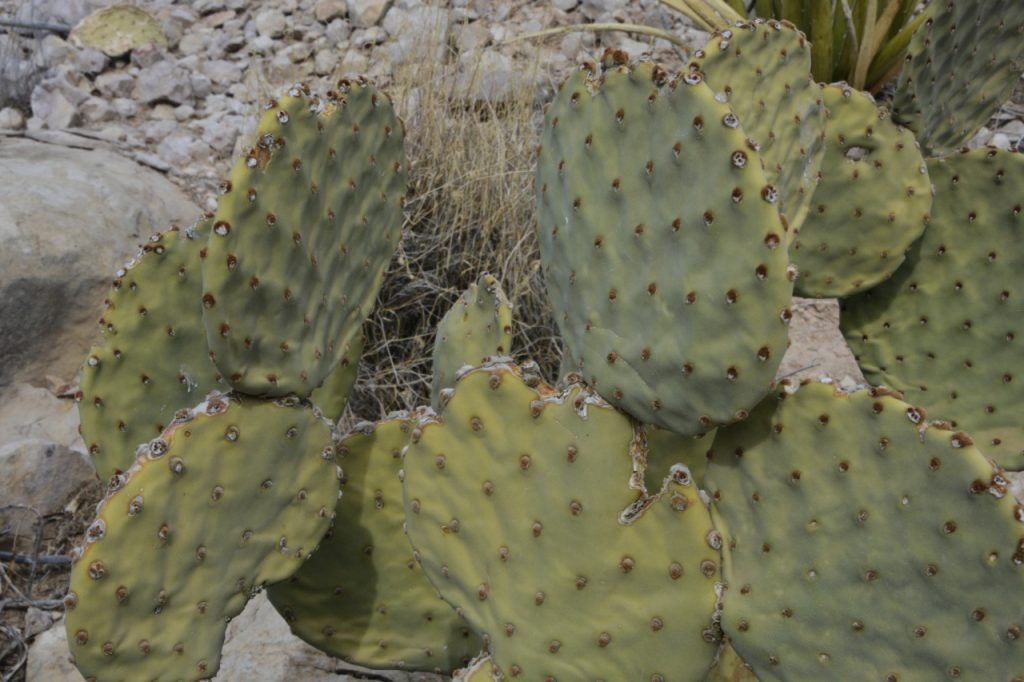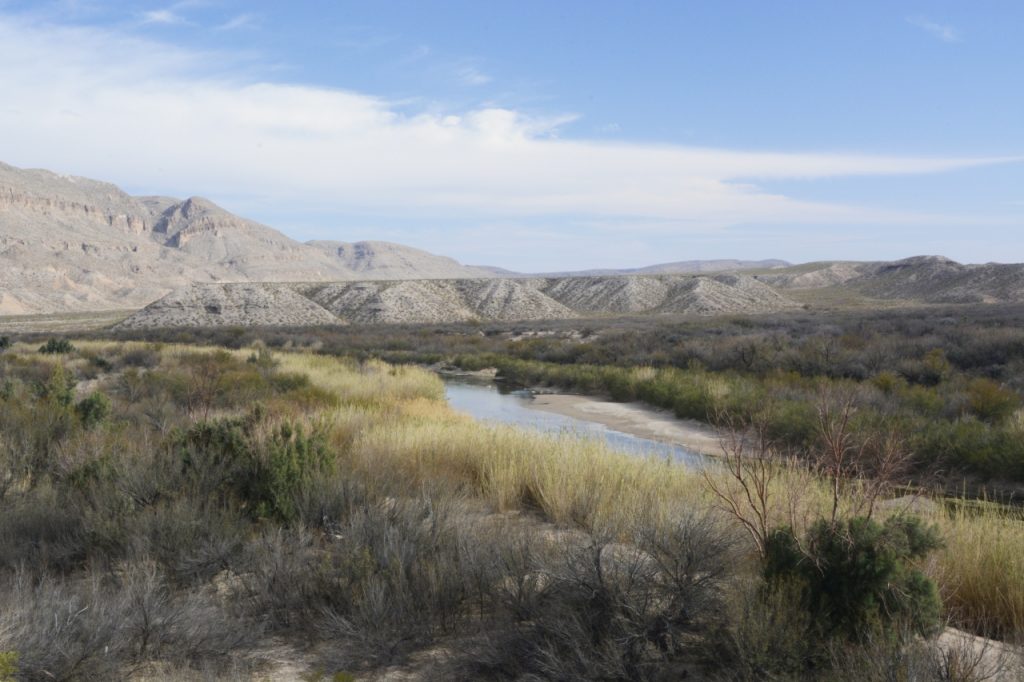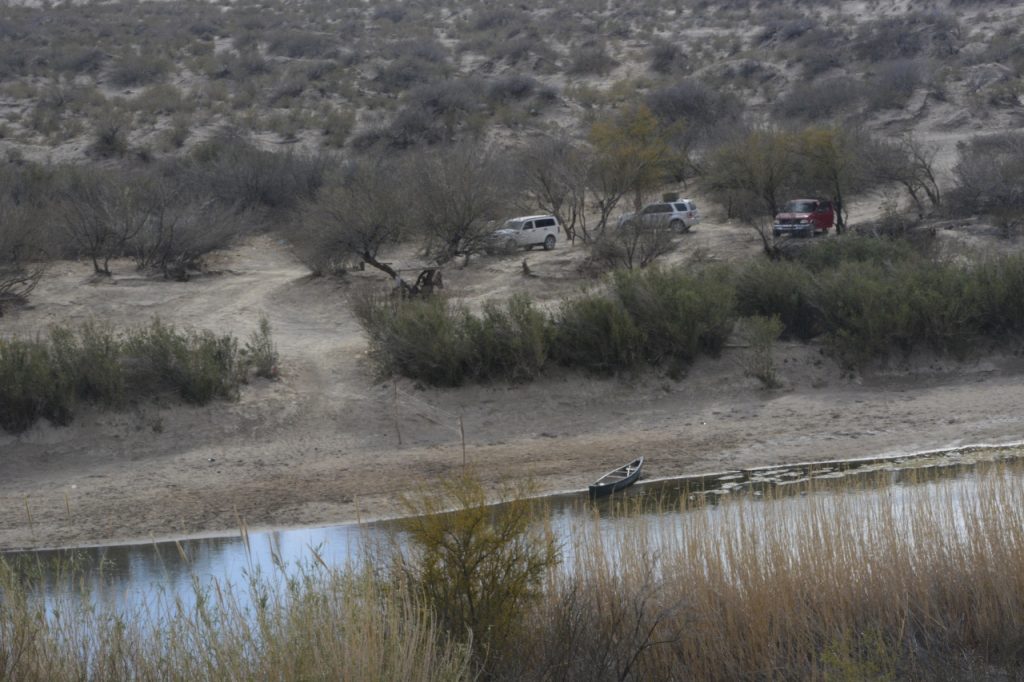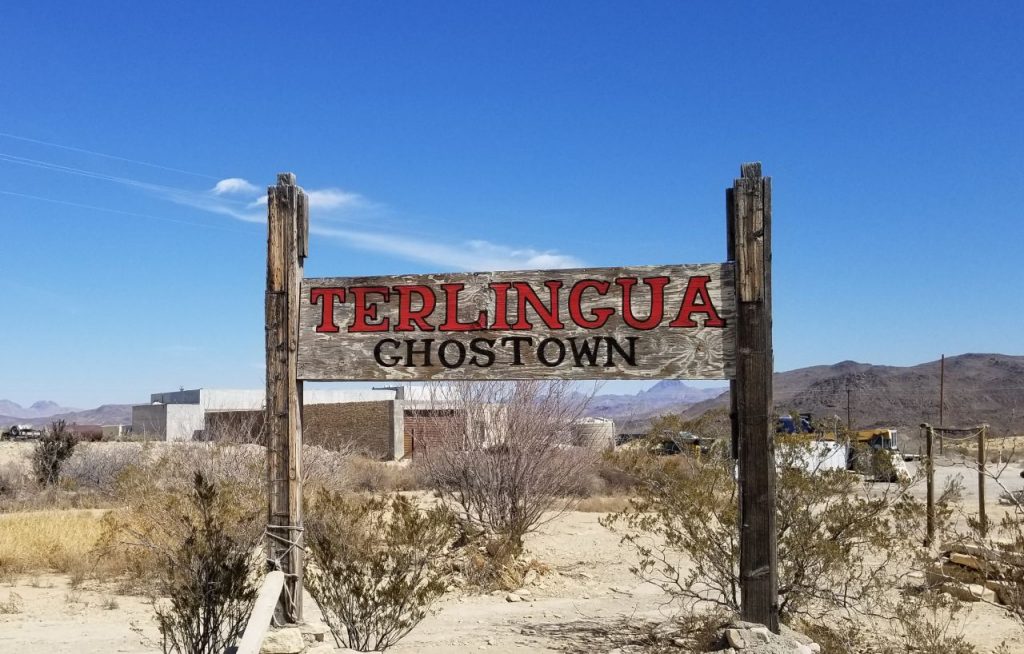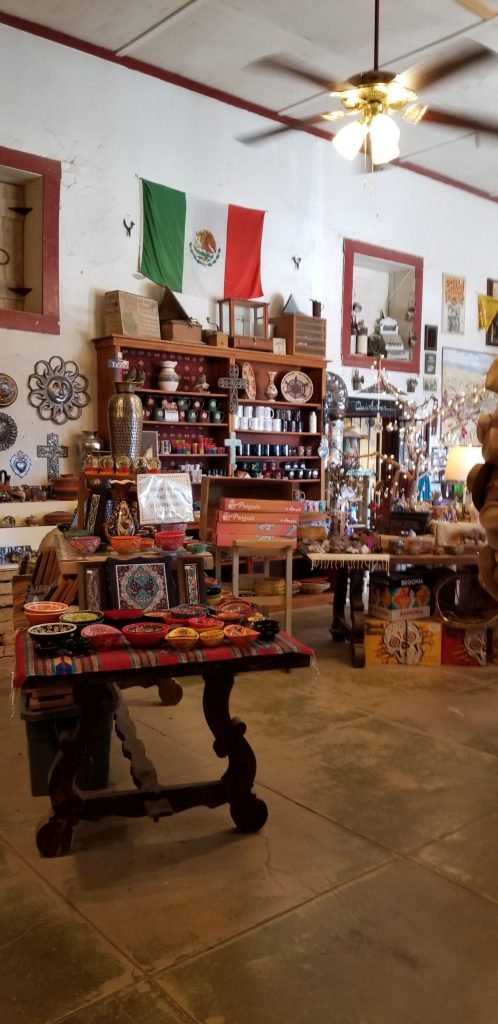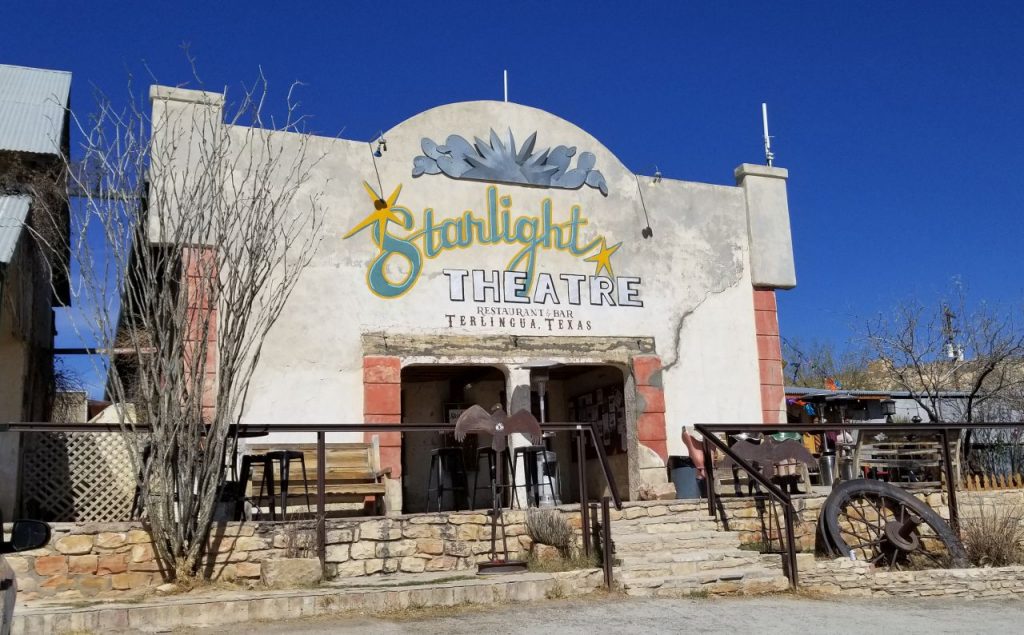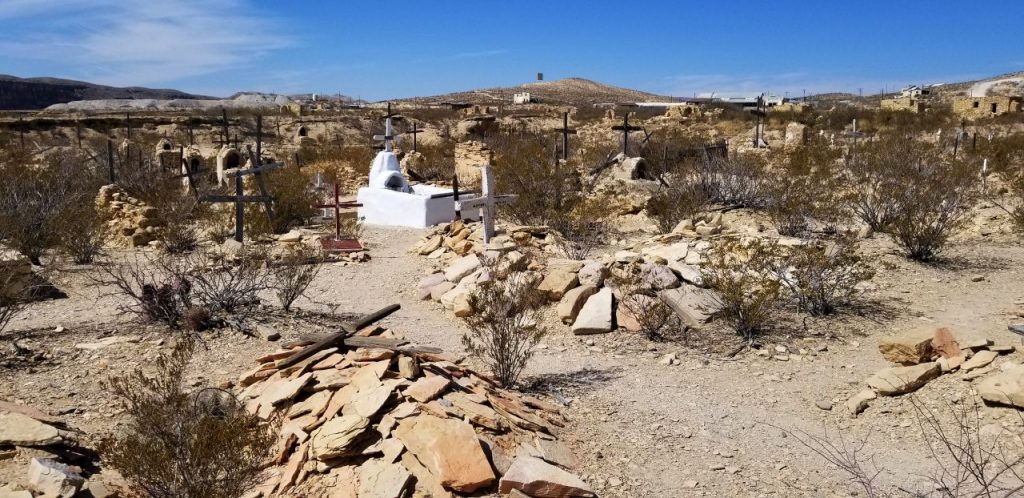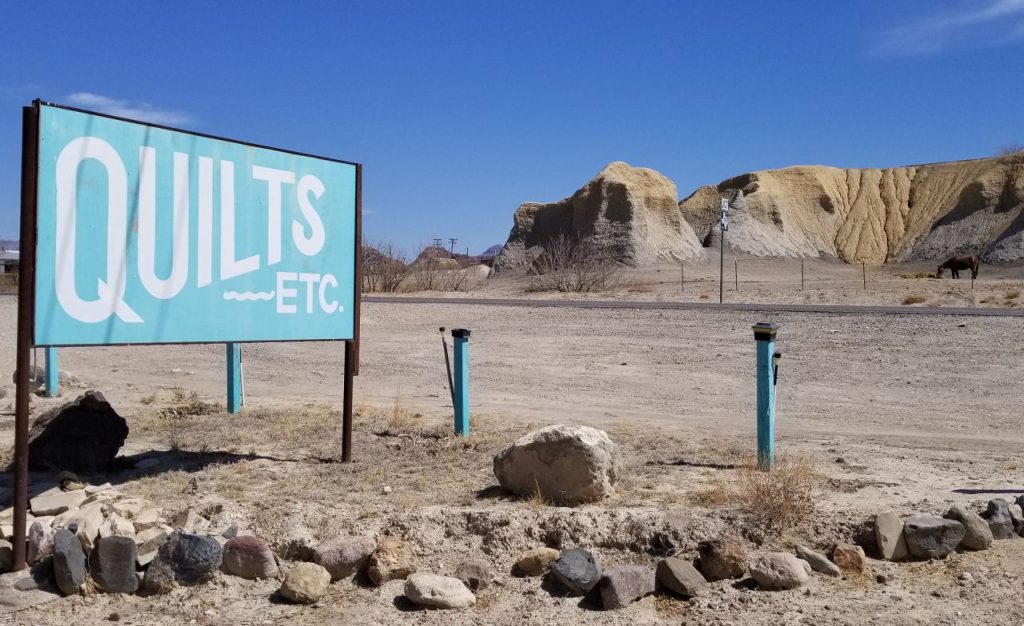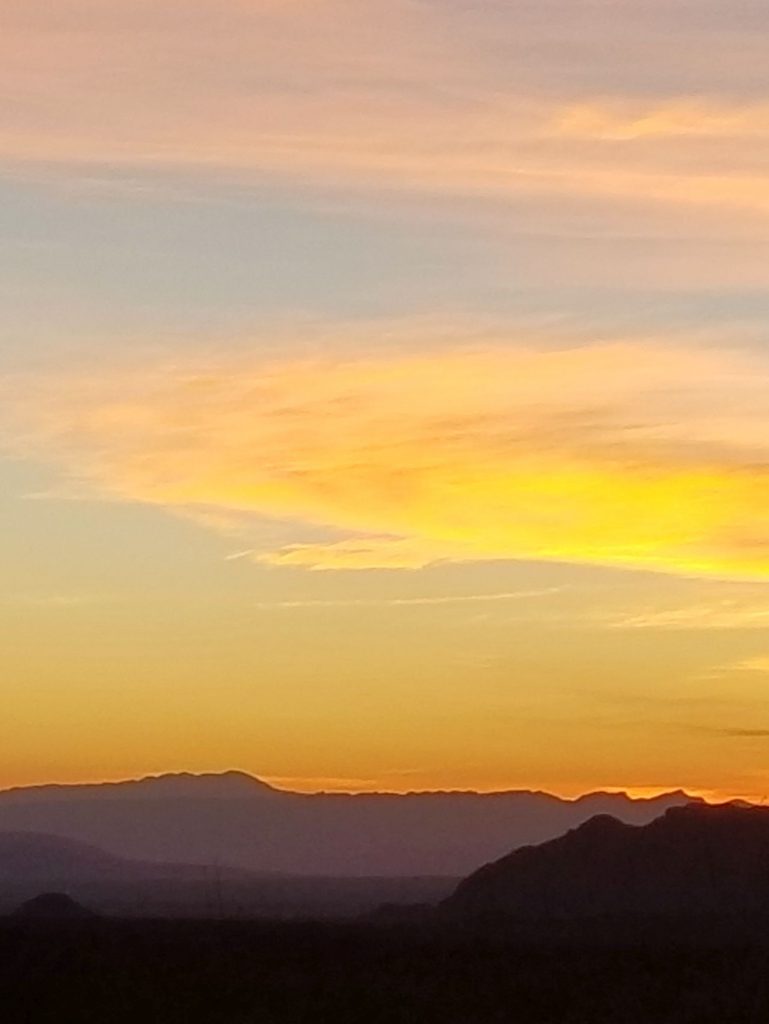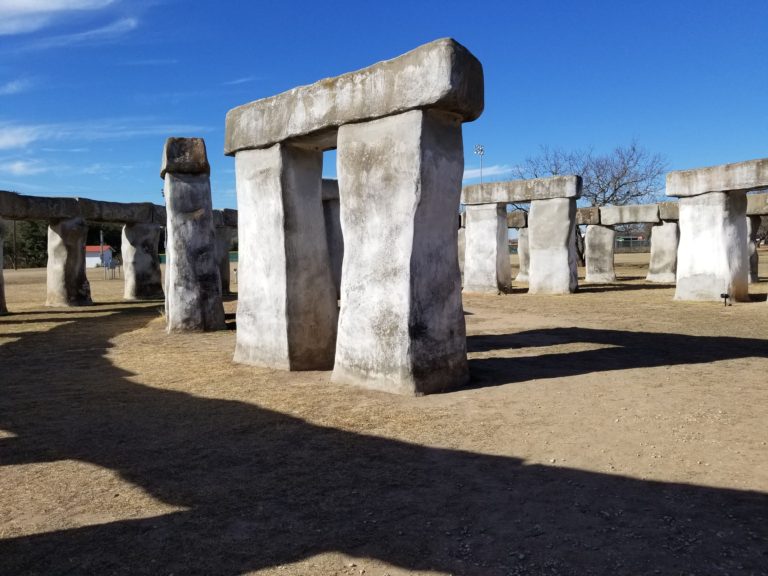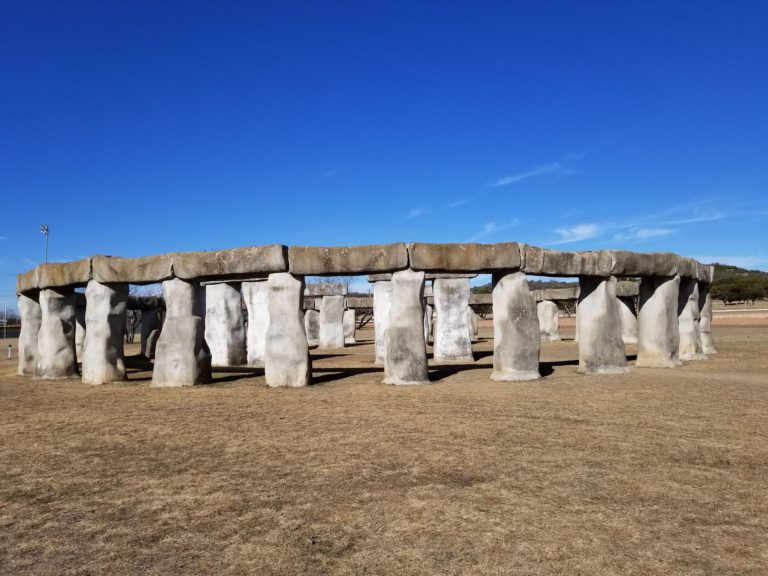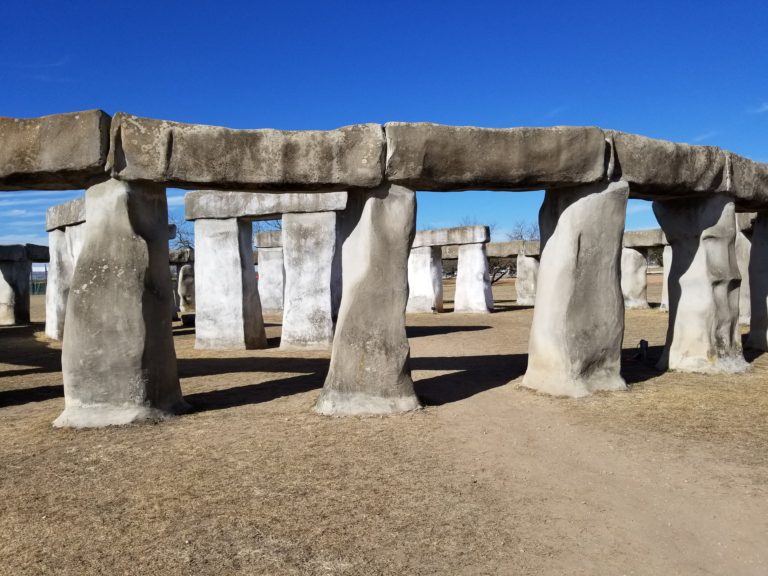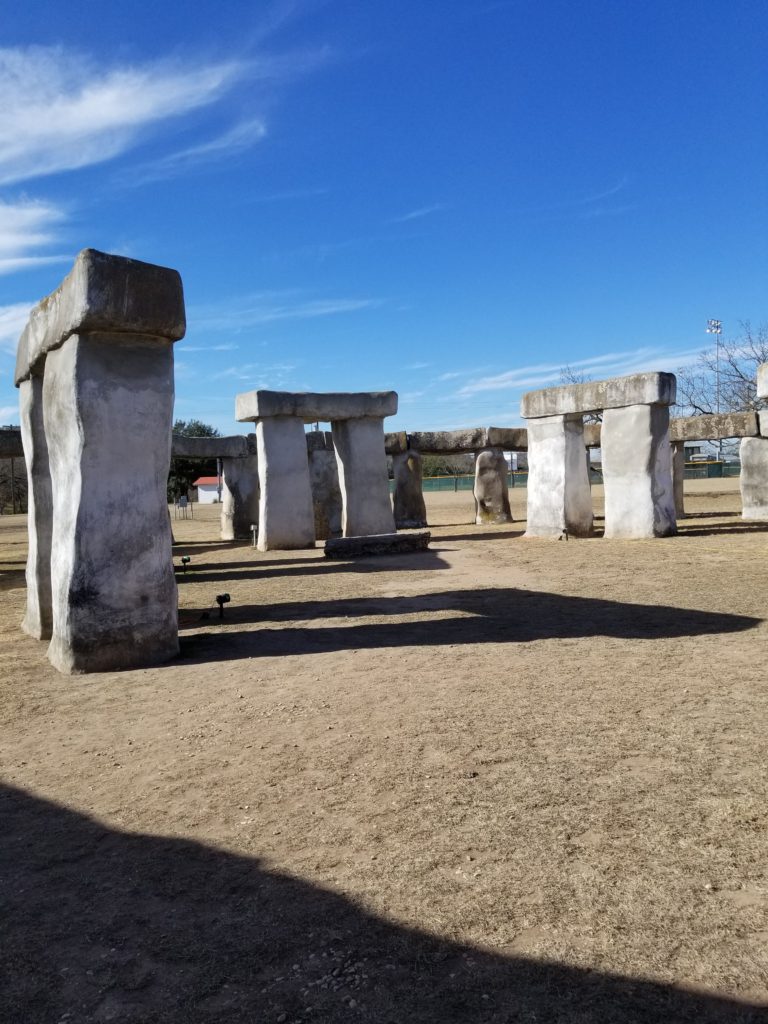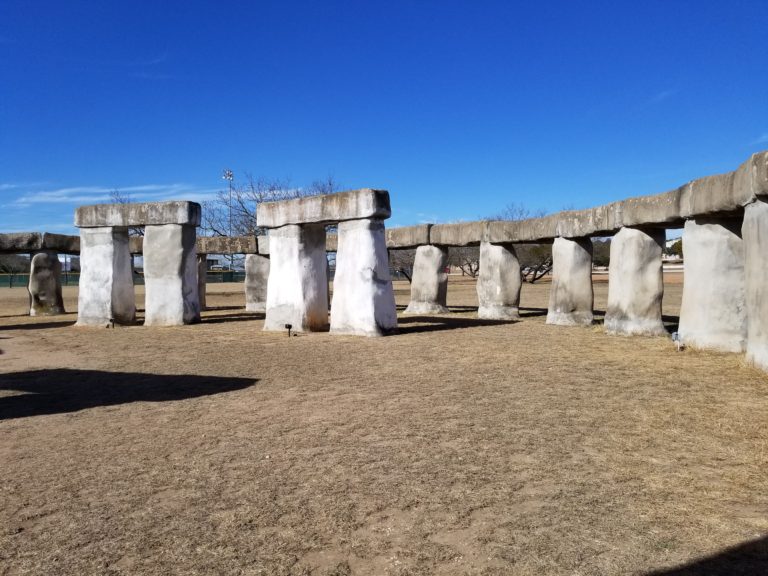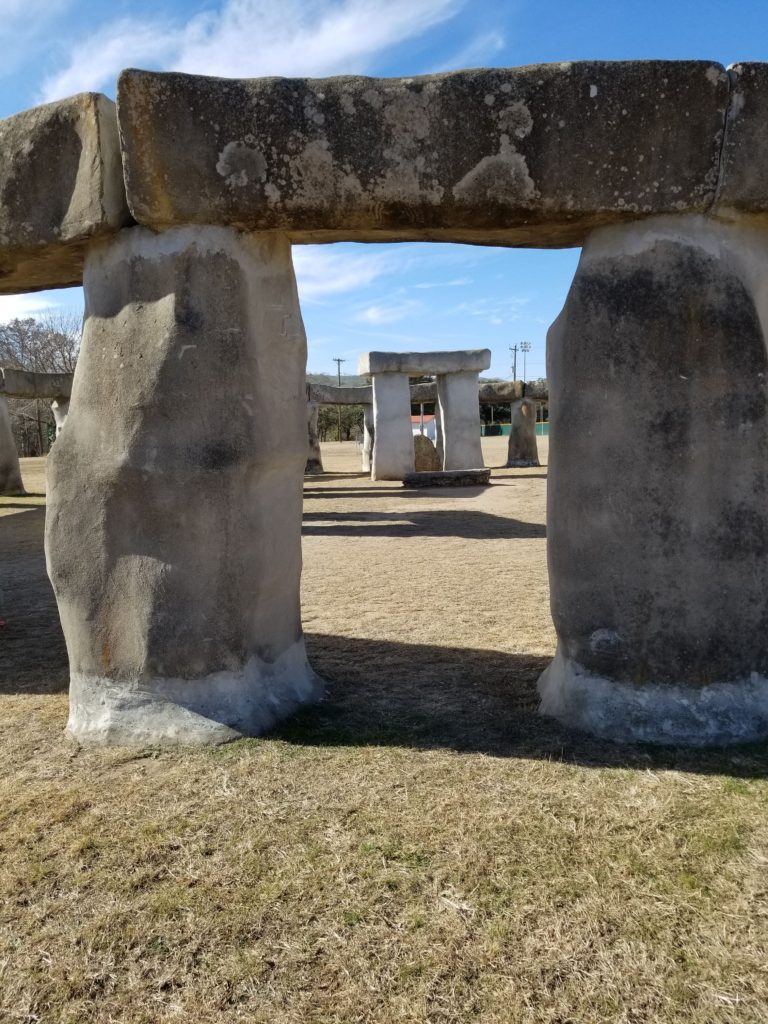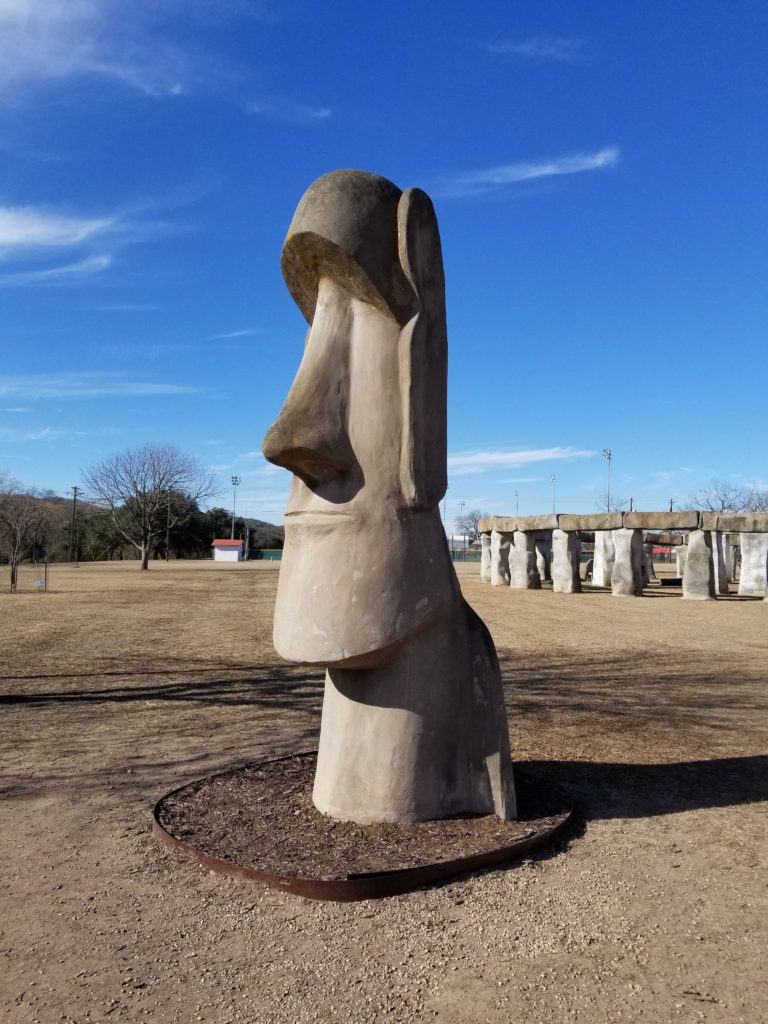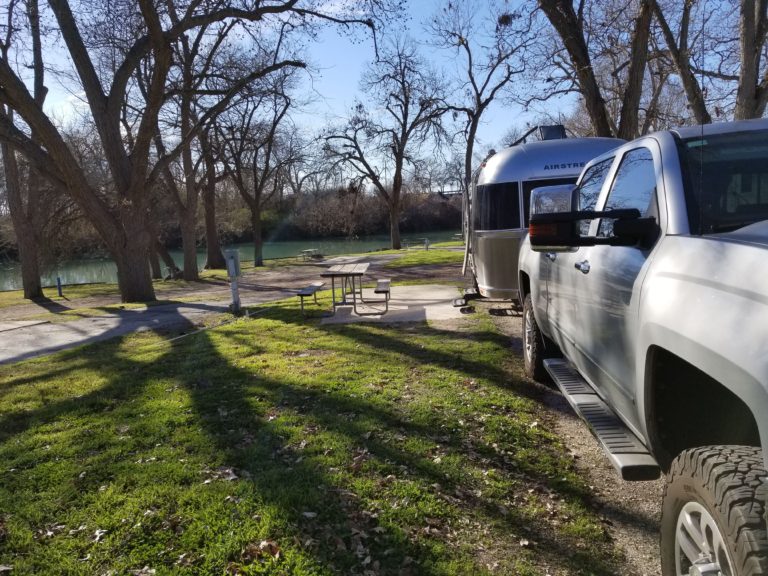Imagine traveling 200 miles from San Antonio to El Paso, Texas, in the mid-1800’s by wagon, perhaps on your way to the gold fields in California. Travelers on this mountainous desert route were often raided and killed by Indians who were looking for food and livestock to supplement their hunter-gatherer way of life. This conflict caused the United States government to build and maintain a series of forts along this road. Fort Davis was one of these forts.
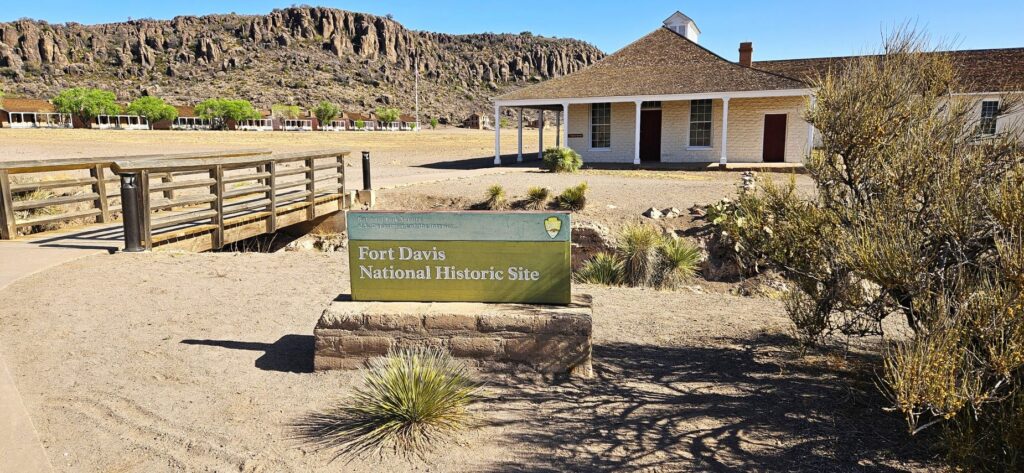
On our way going west out of Texas, we visited this historic Indian Wars’ frontier military post. Many of the buildings have been preserved, and some have been restored and furnished in period furnishings. We weren’t allowed to walk on the parade grounds because of the existence of artifacts still to be unearthed.
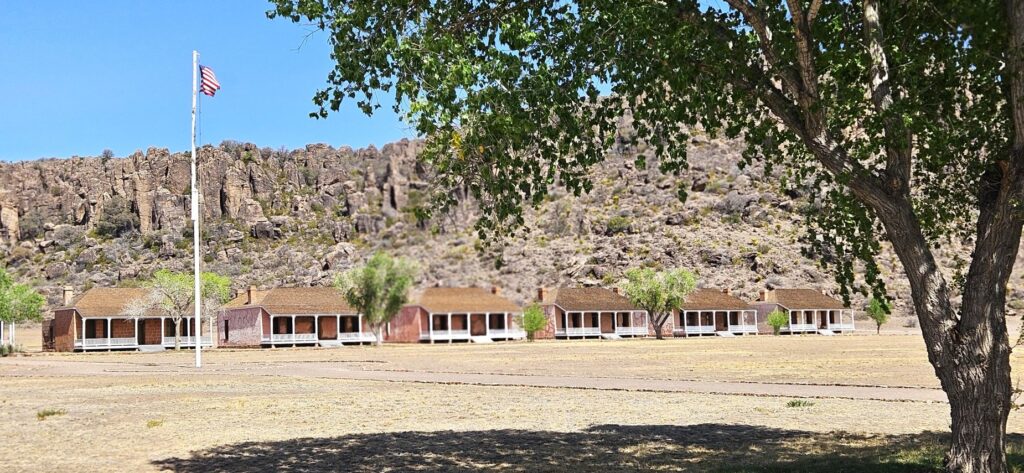
As we walked through the barracks, we learned that 26 soldiers lived together in one large room. There were quarters for up to 400 soldiers at one time. During their free time, they played cards or checkers, sang and danced, read newspapers and books from the post library or strolled around.
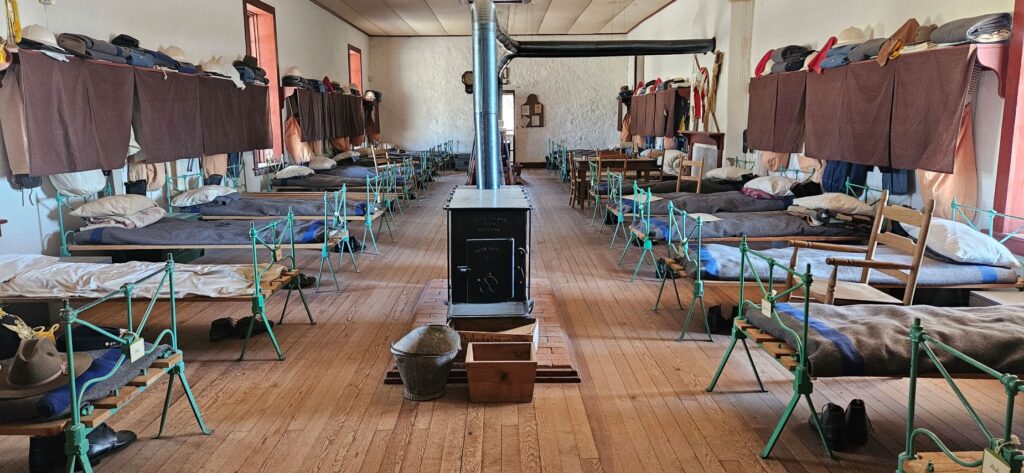
The commanding officers’ quarters were much better. Many of the officers brought their wives and children with them. Wives sometimes worked as laundresses, hospital workers, or servants to other officers’ families.
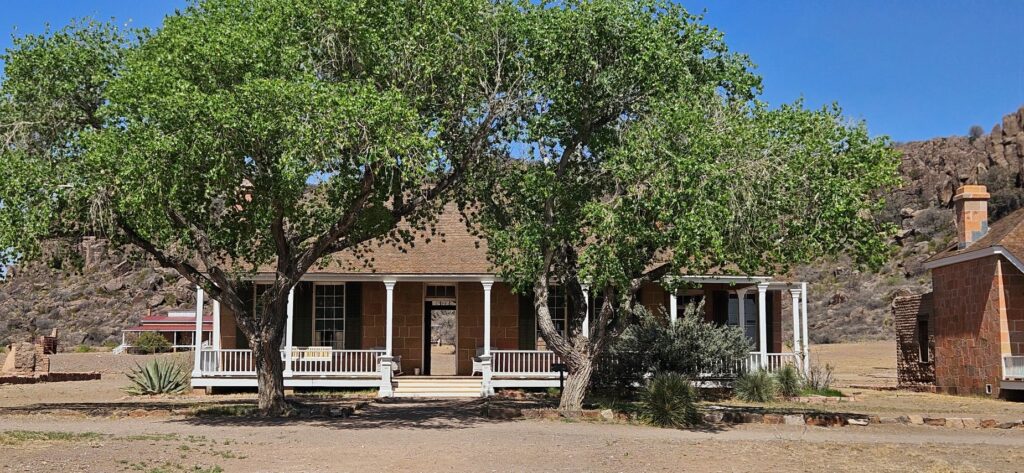
Even though they were far from civilization, the officers brought nice furniture with them to furnish their homes.
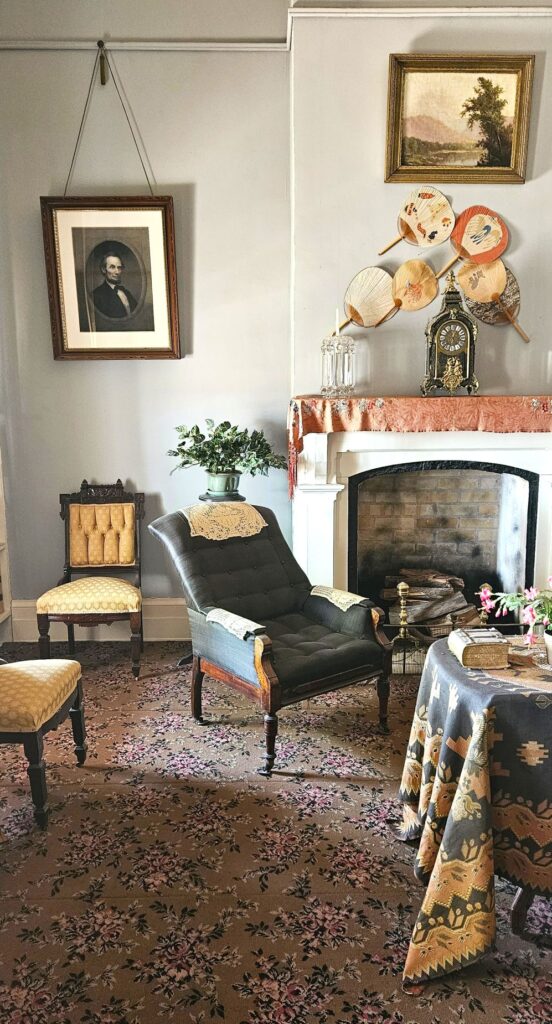
Below, a photo of the wife of the officer and his two children hangs above the mantle in the bedroom. The officer’s helmet is on the fireplace mantle.
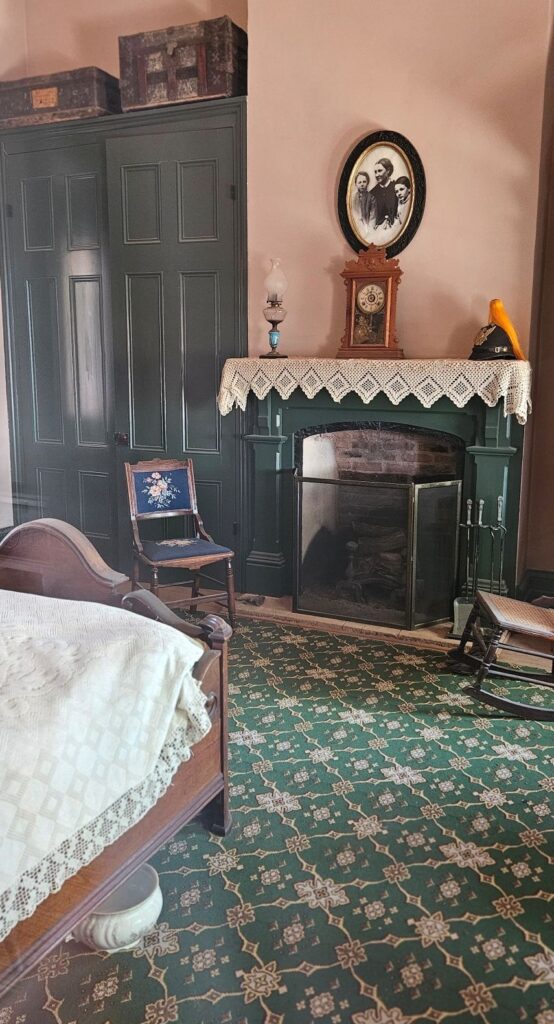
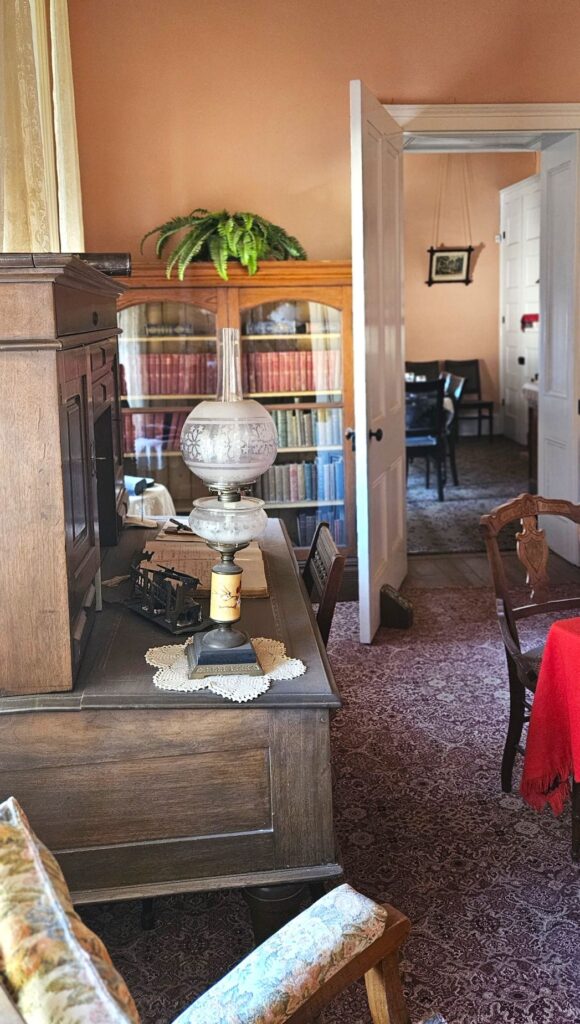
The Commissary stored food for the outpost. However, food had to be transported long distances. Food was sometimes already spoiled by the time it reached the fort. Some food was grown or bought locally, however.
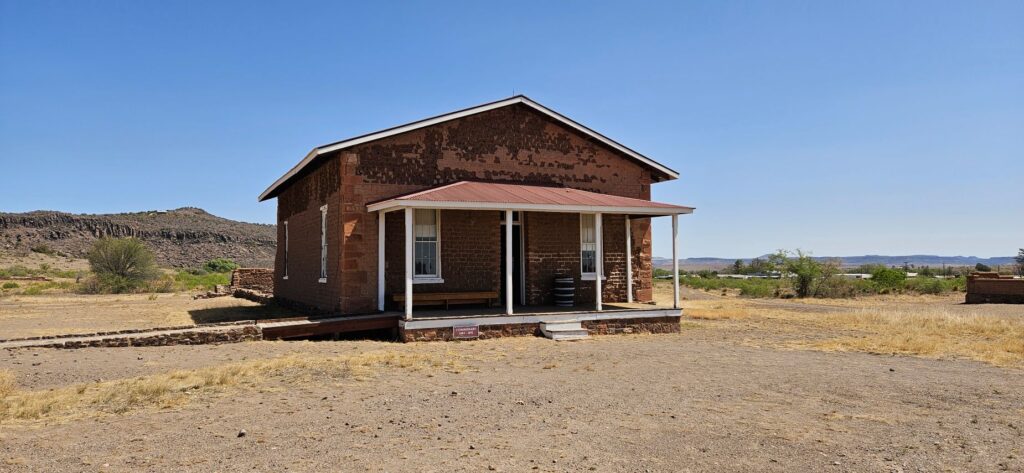
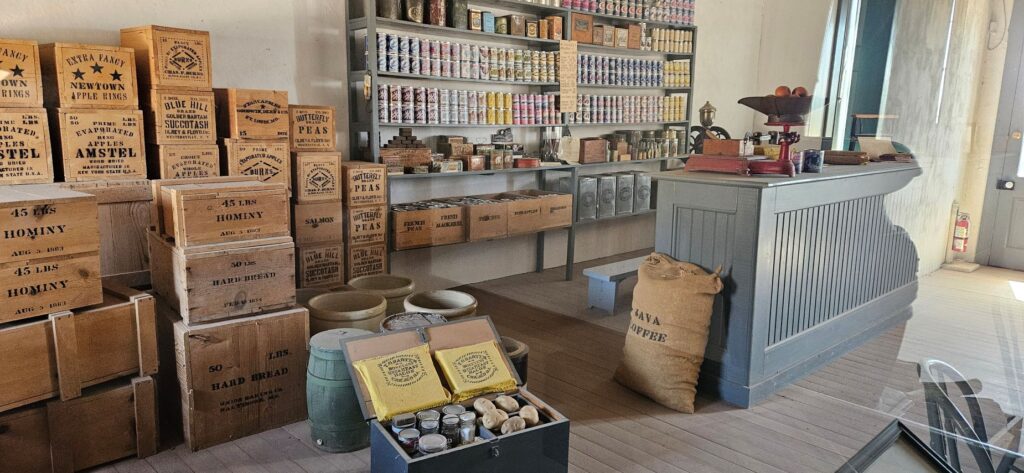
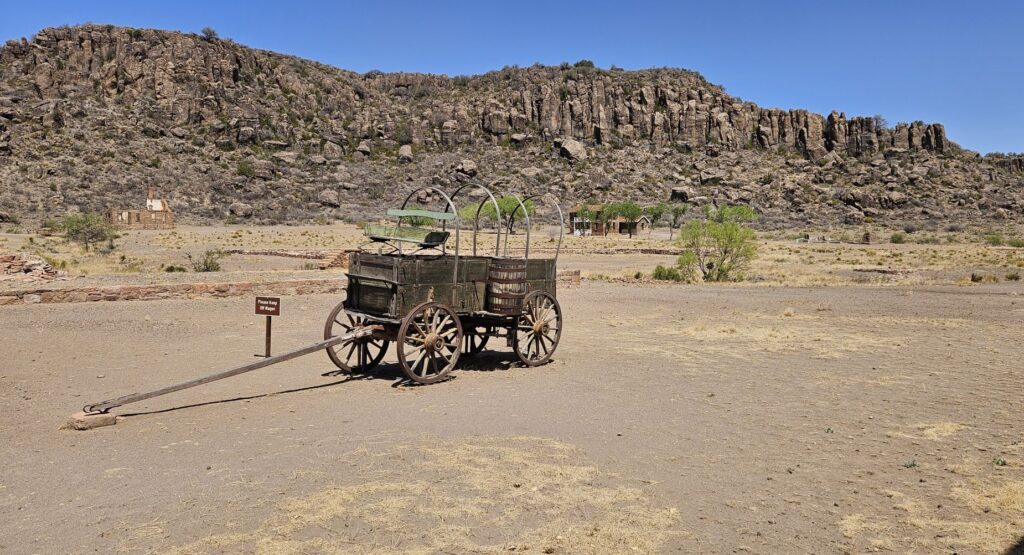
There were many structures on this 460 acre park. Of the 24 buildings that have been restored, only five are refurbished. There are also over 100 ruins and foundations. During the summer months, there are living history demonstrations. We were too early for that, however.
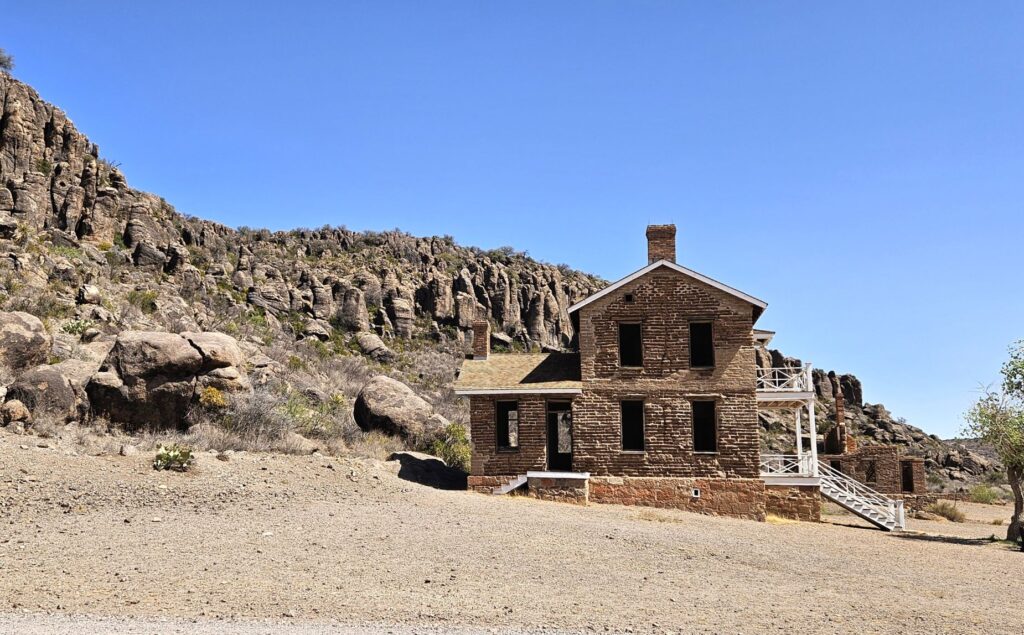
There’s a museum at the entrance to the park. This paint set and sewing kit were among the artifacts.
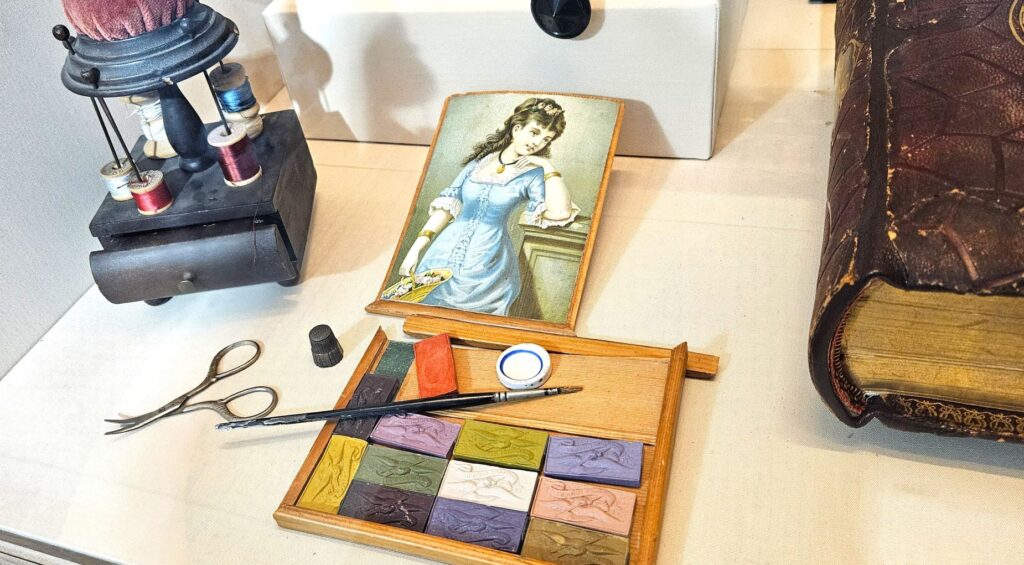
After the Civil War, Congress passed legislation to increase the size of the army and to require a certain amount of black soldier units. Some were stationed at Fort Davis.
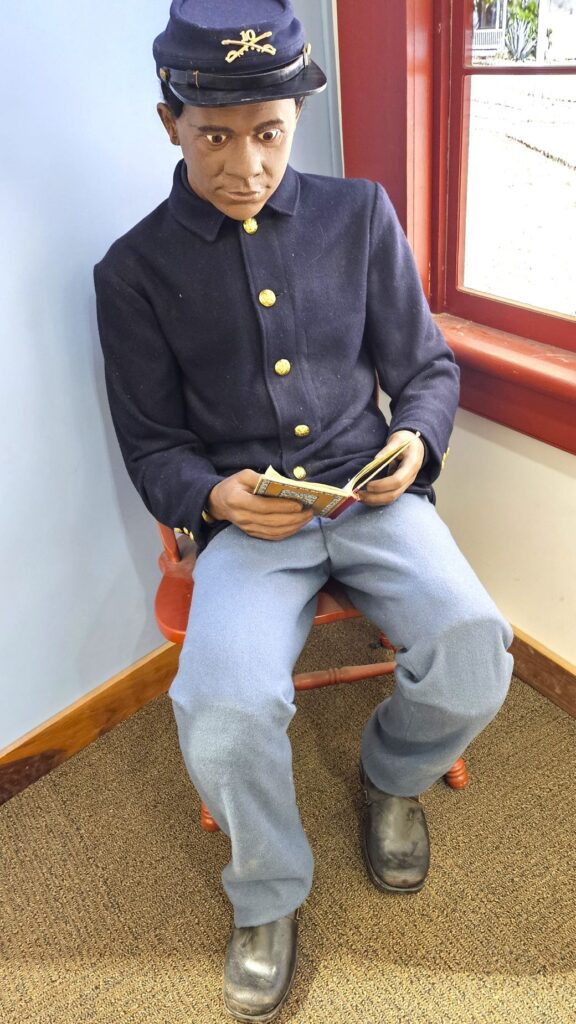
These Buffalo soldiers not only engaged in over 100 Indian skirmishes, but they also built many structures on the post, strung over 300 miles of telegraph wire, and built a water delivery system that supplied running water to the garrison.
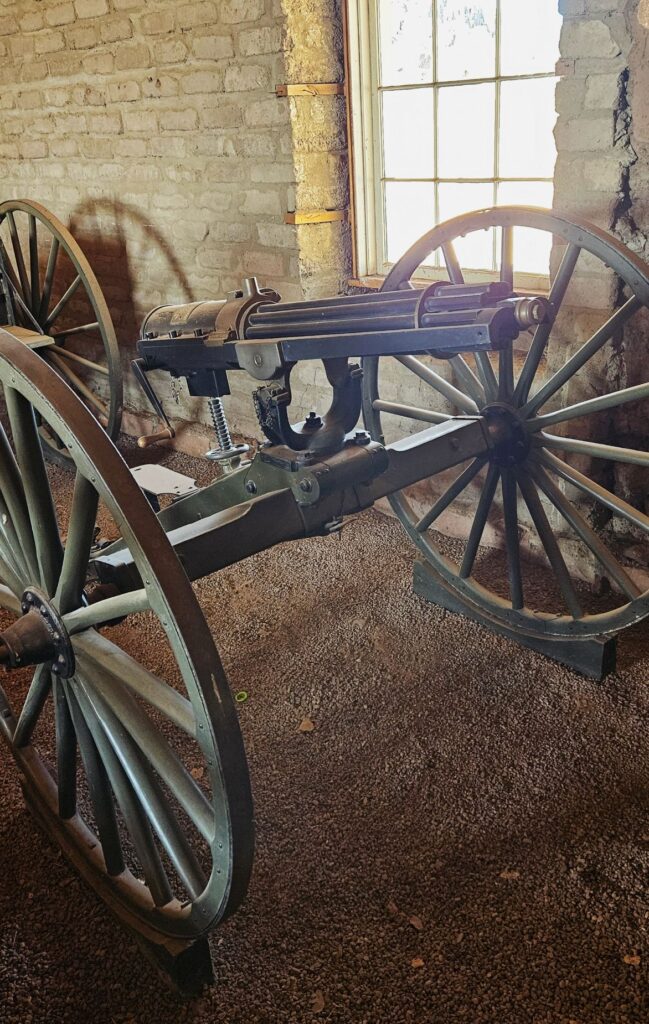
The main purpose of Fort Davis was to protect west Texas from the Comanches and Apache Indians. The Indians were eventually forced into Mexico where they were killed by Mexican soldiers. This ended the Indian Wars. The soldiers at Fort Davis also provided protection for wagon trains and mail coaches and survey parties. By 1891, the fort was abandoned, having outlived its usefulness.
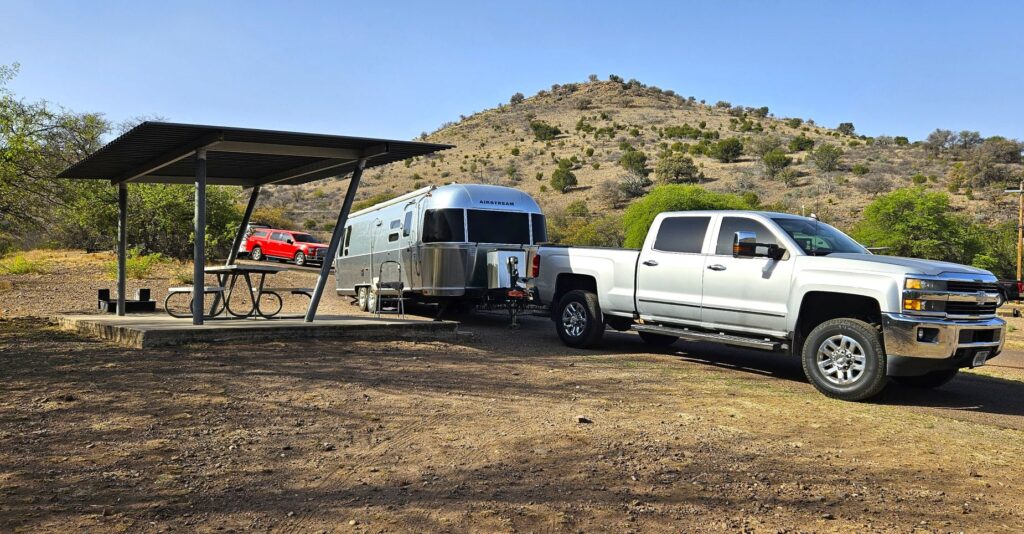
We stayed in Davis Mountains State Park Campground while we were there exploring the area. This state park is unusual, in that, it had full hookups at the campsites. There was a road that went up the mountain to a lookout. This photo is from the viewpoint looking toward the campground.
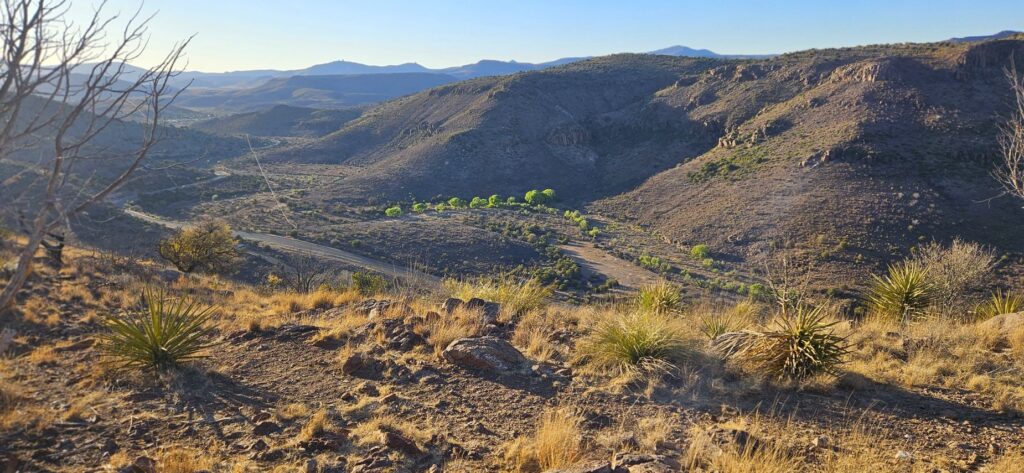
This next photos are looking toward the town of Fort Davis. We could see a long way.
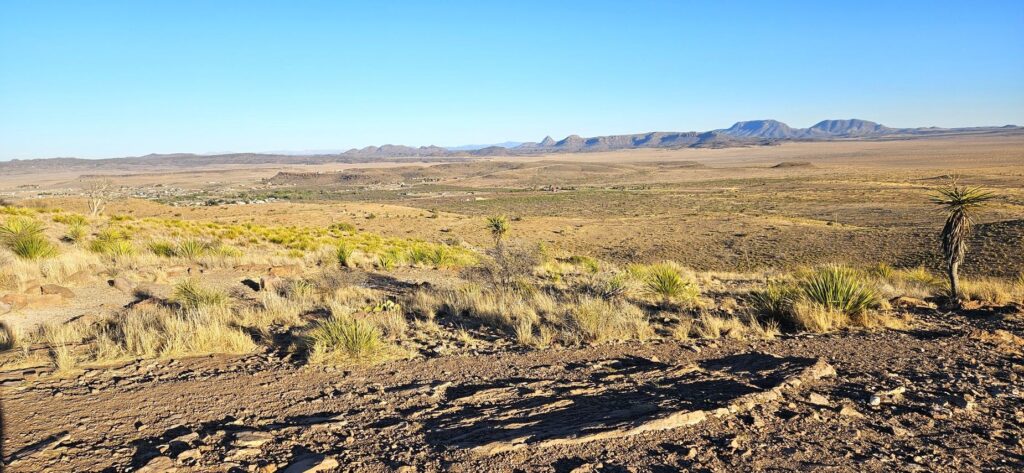
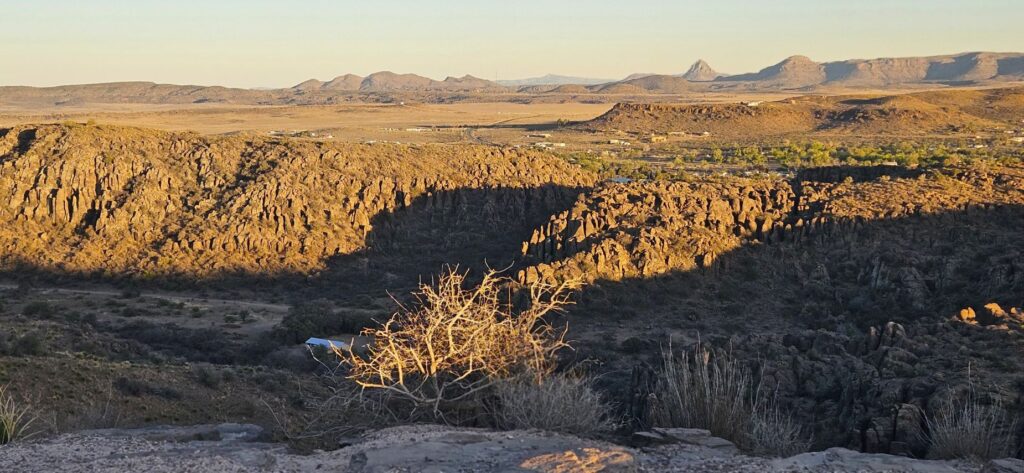
Fort Davis played an important role in the West. Learning about their lives and hardships makes me feel grateful for their contributions in settling the west. Fort Davis is a national historic park, so I was able to get my National Parks Passport book stamped once again and add another sticker to my journal.

